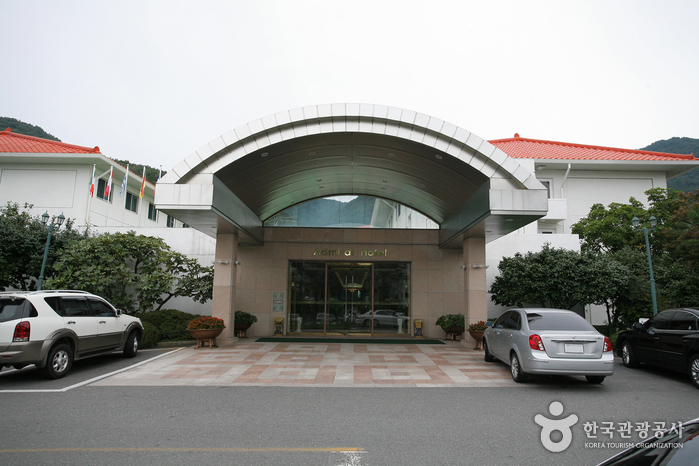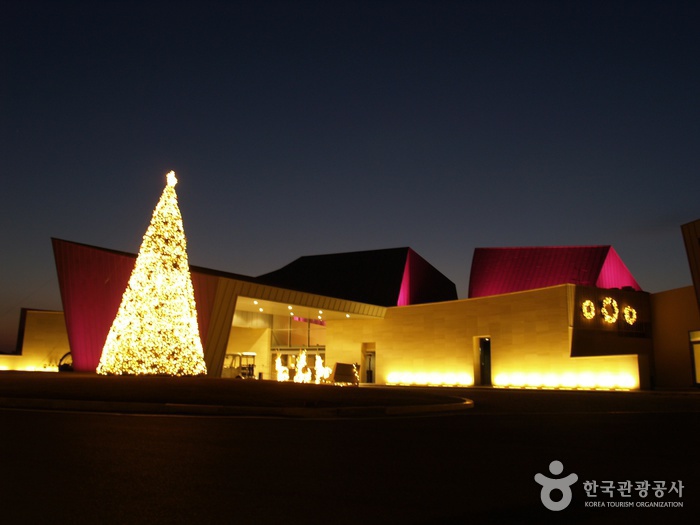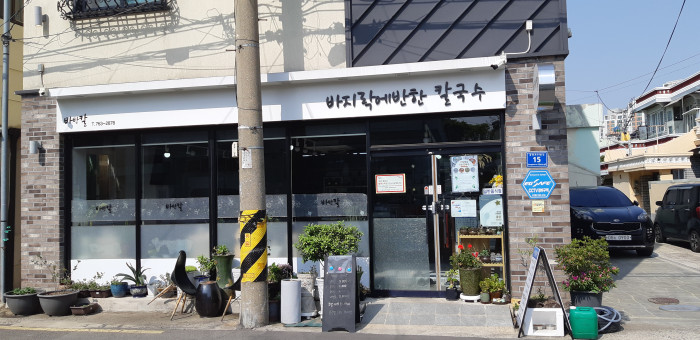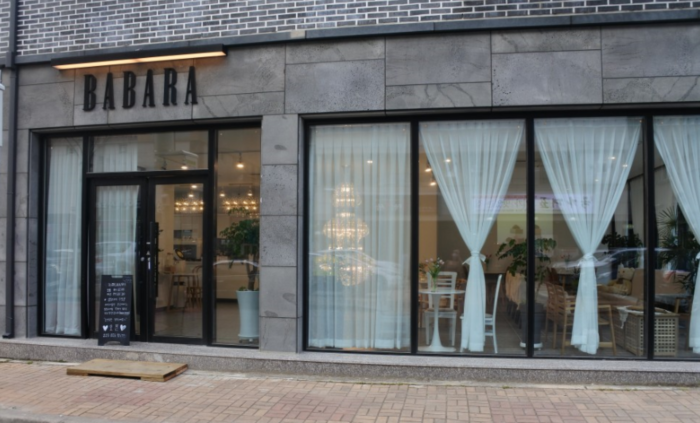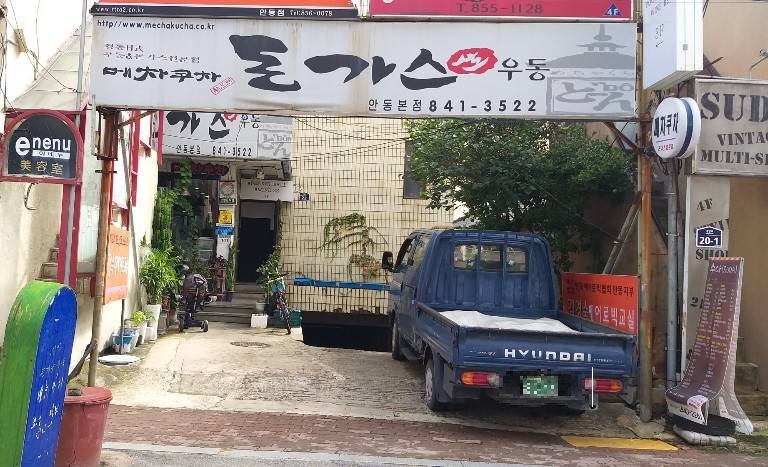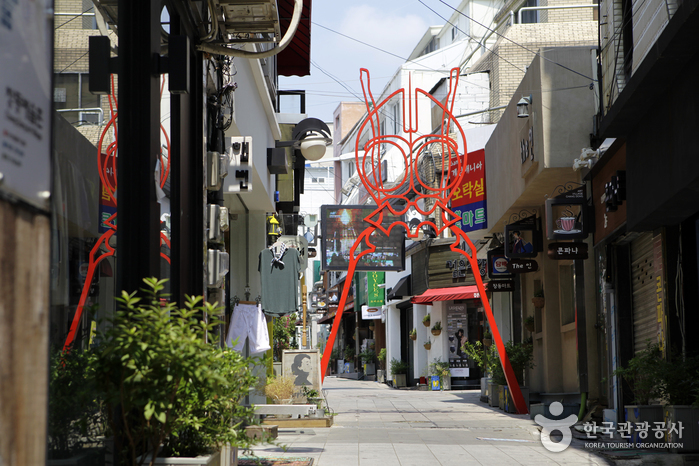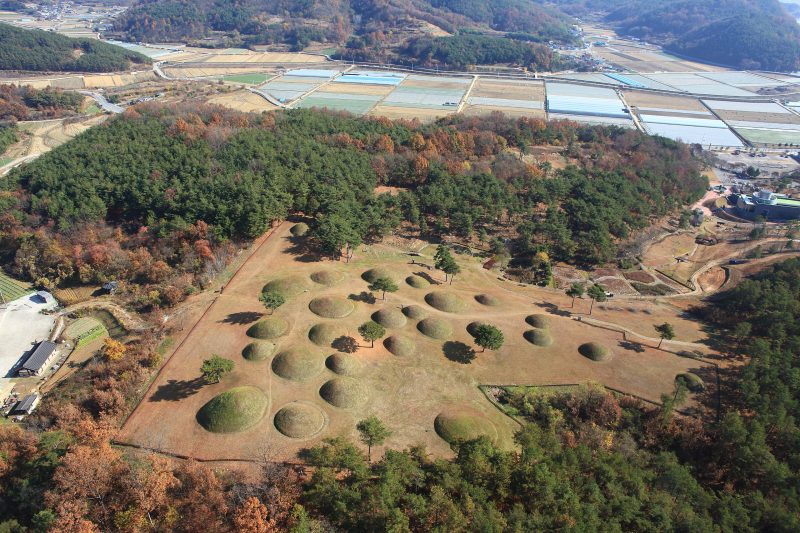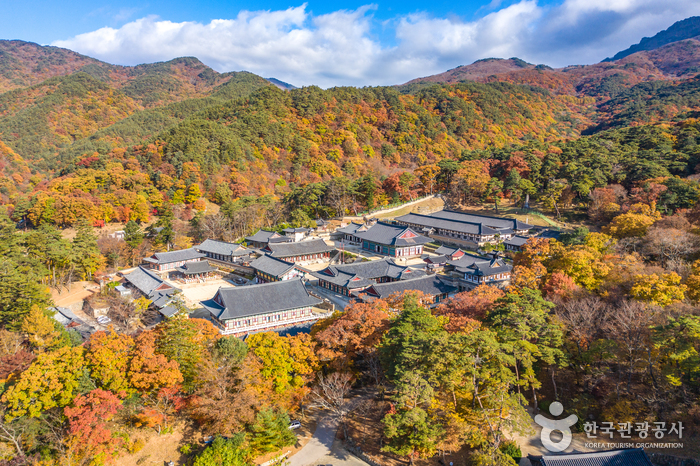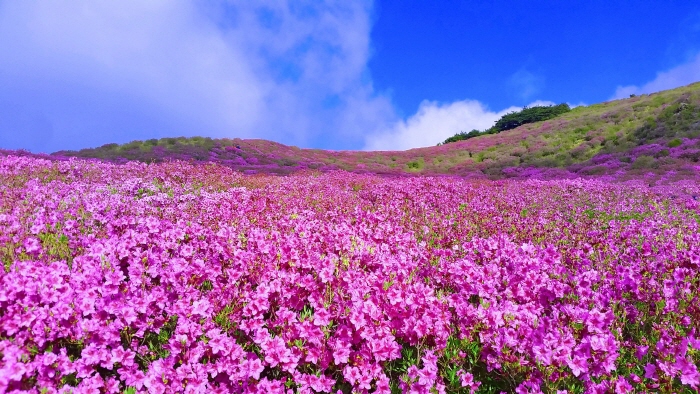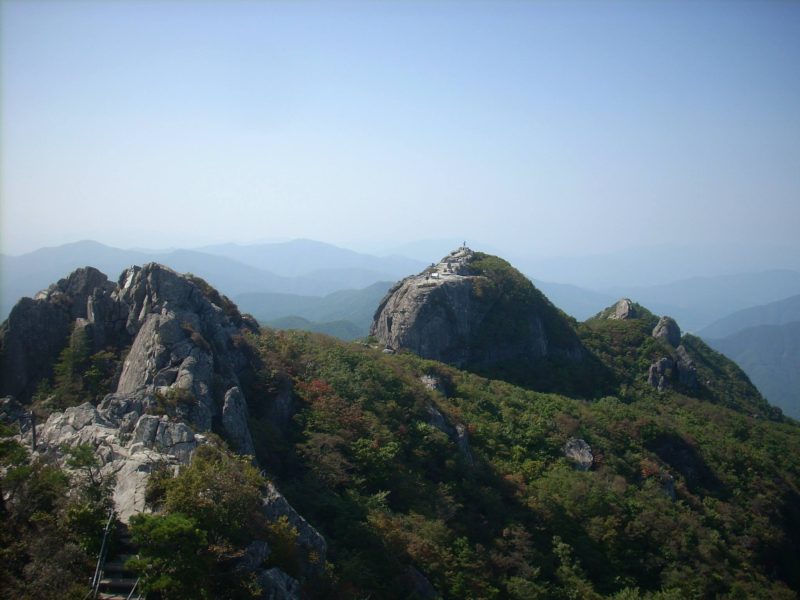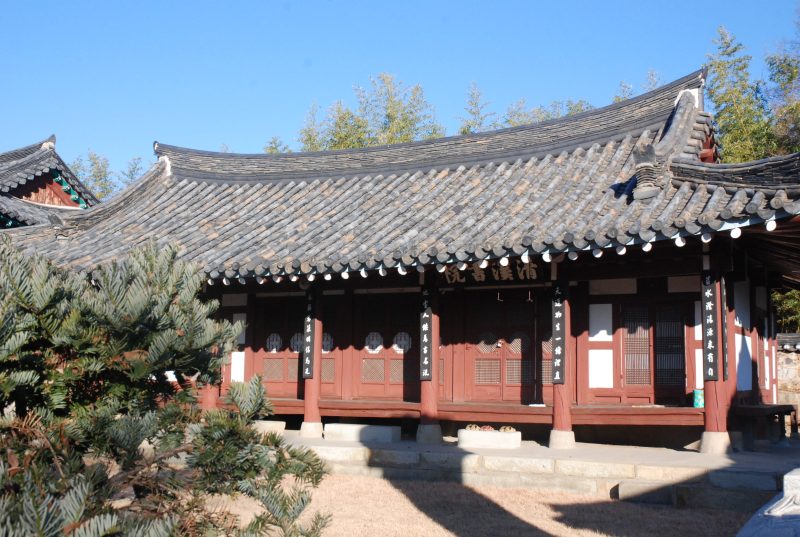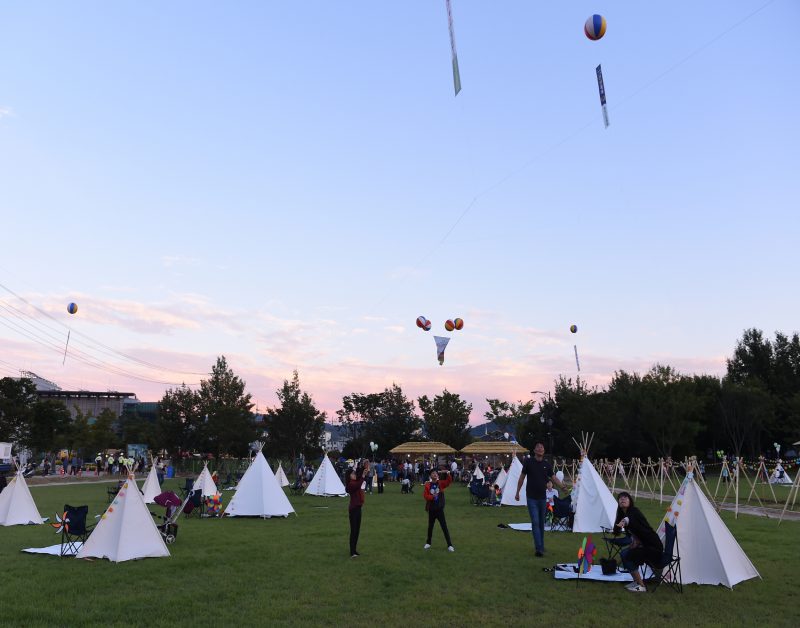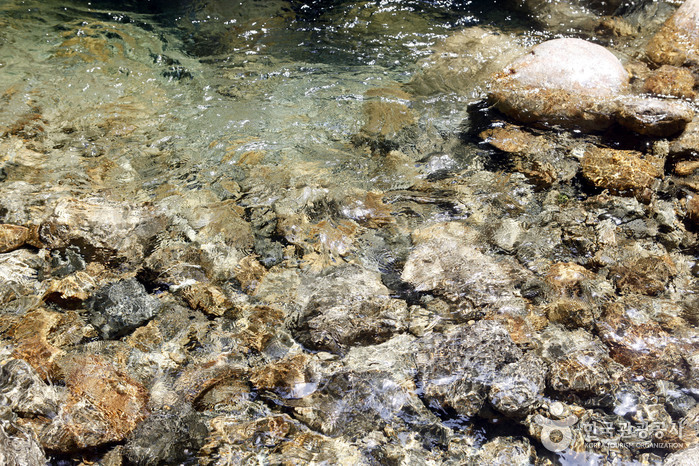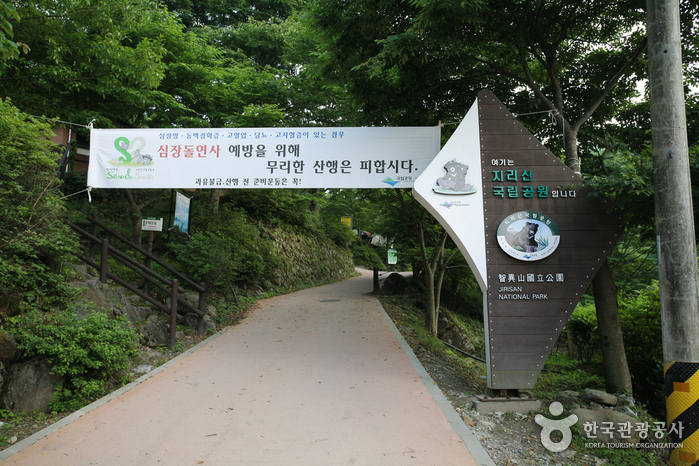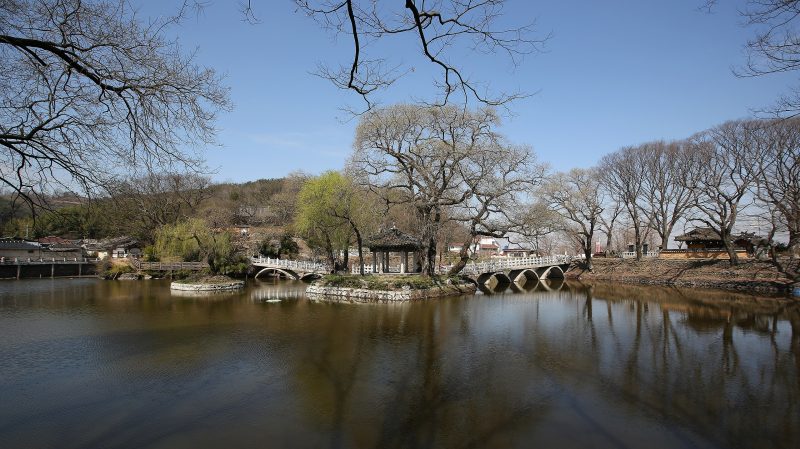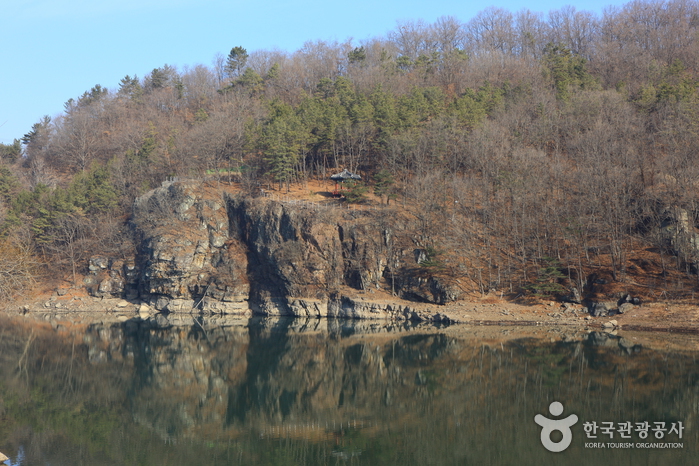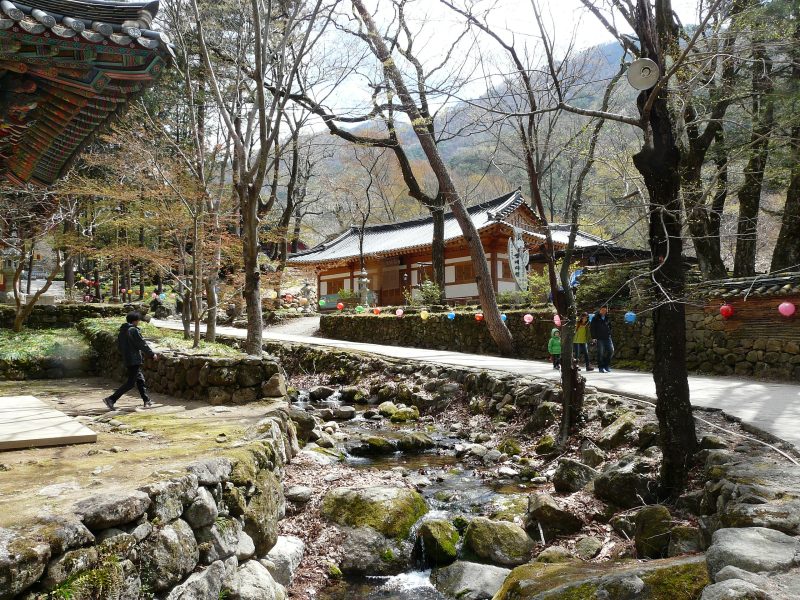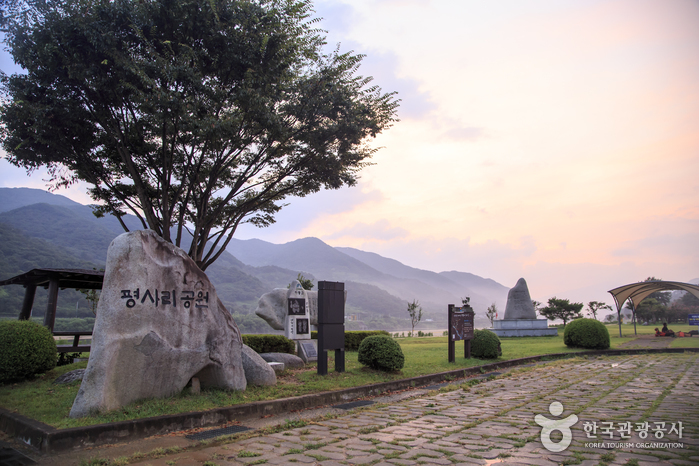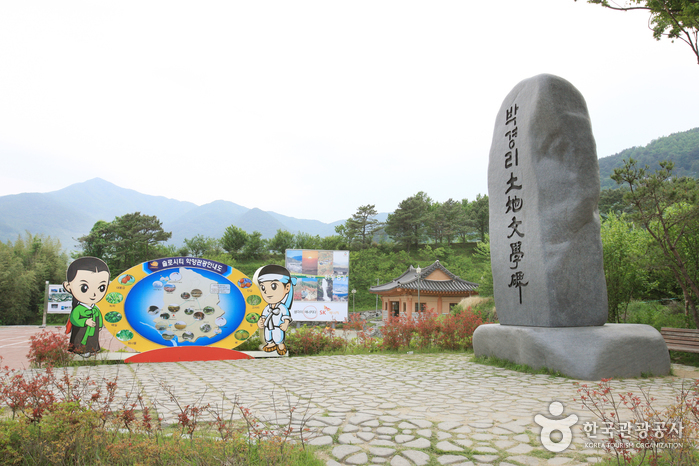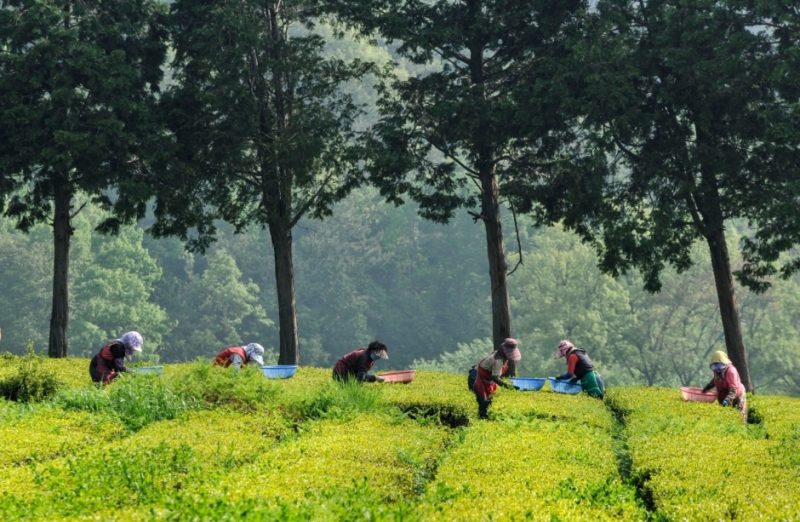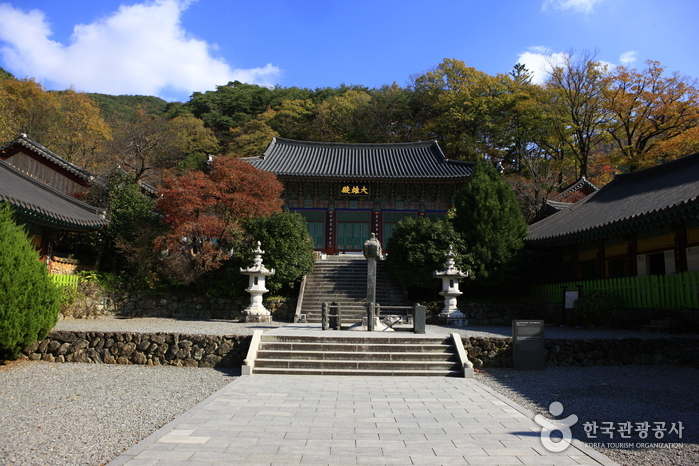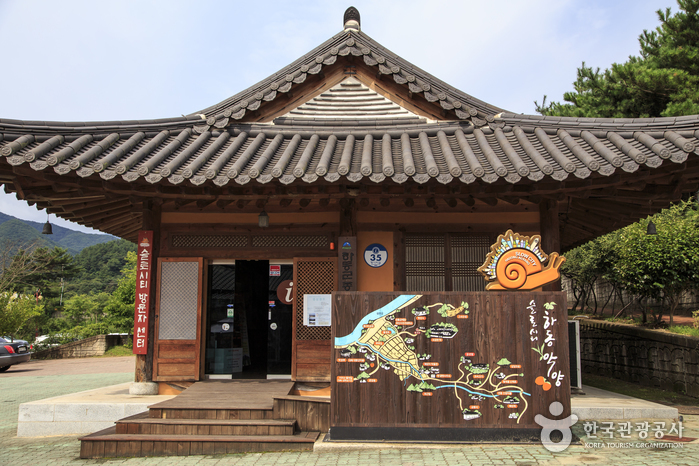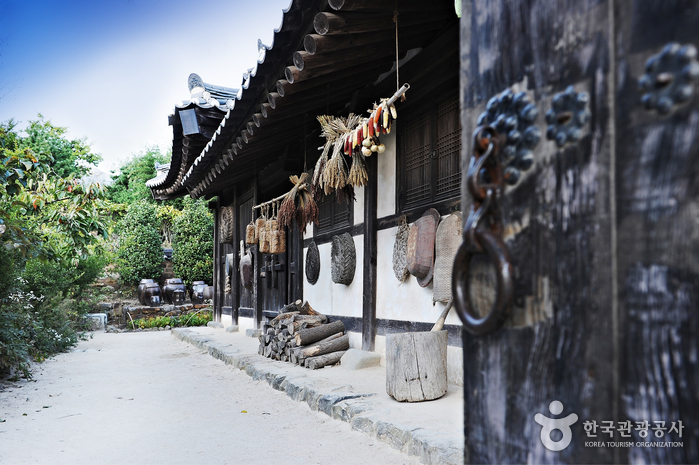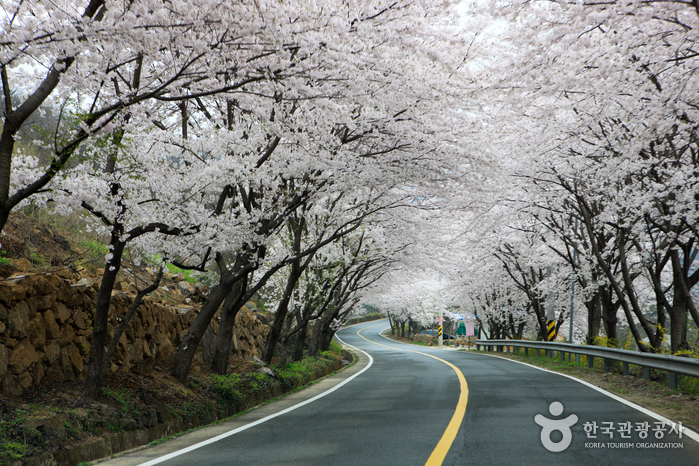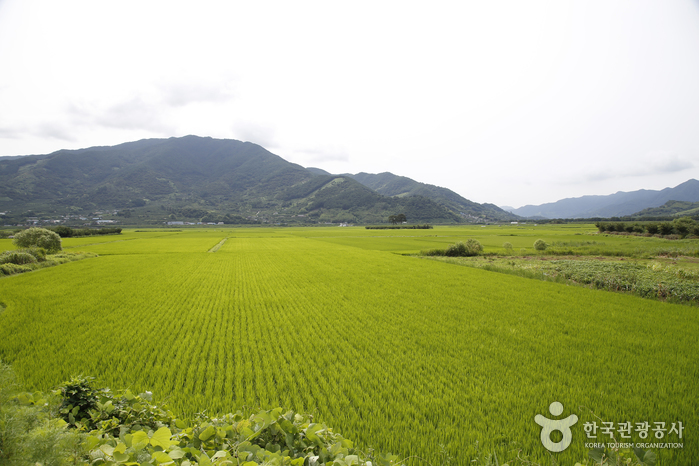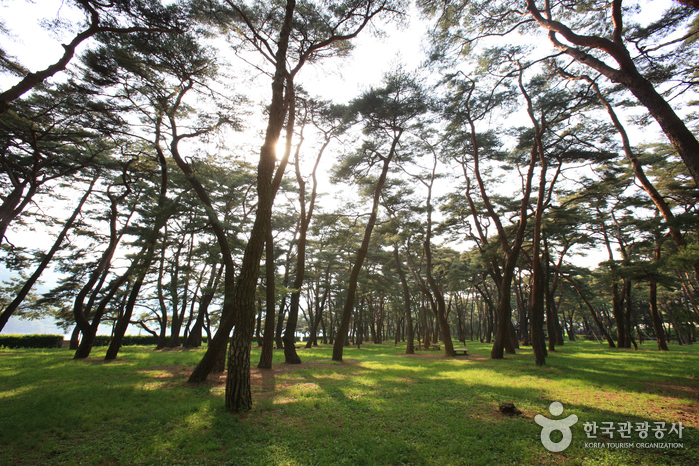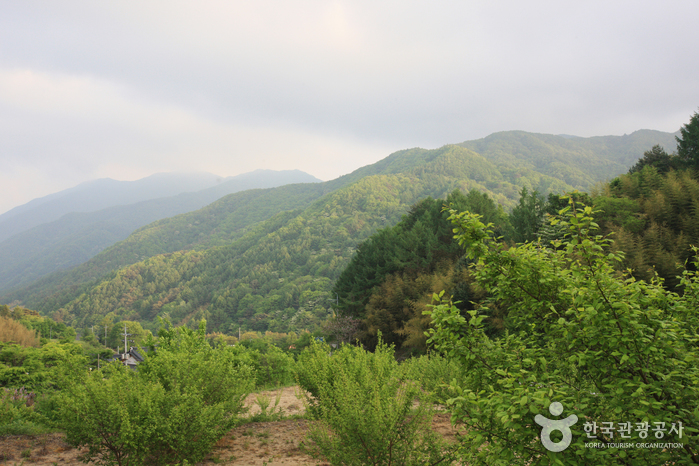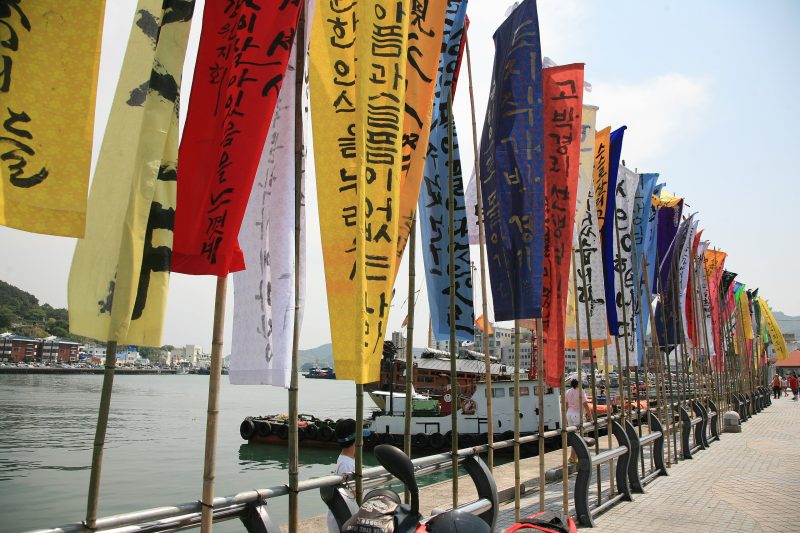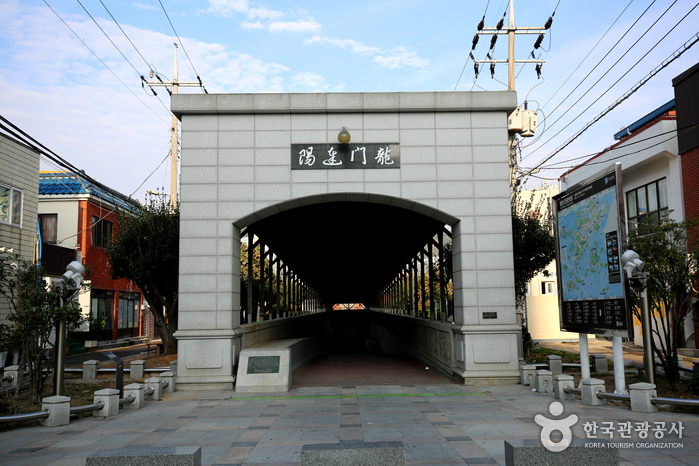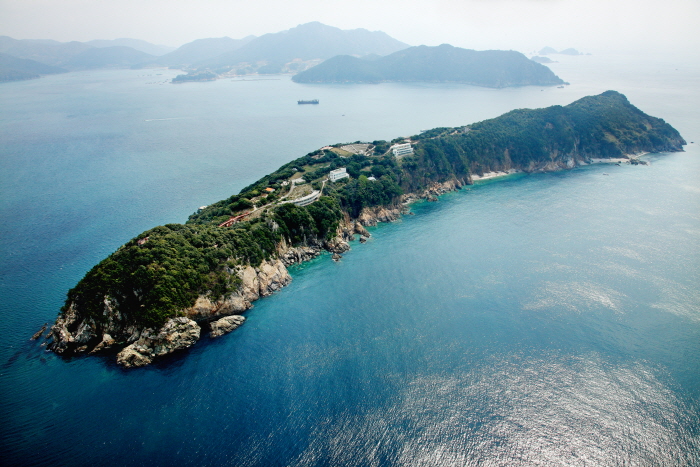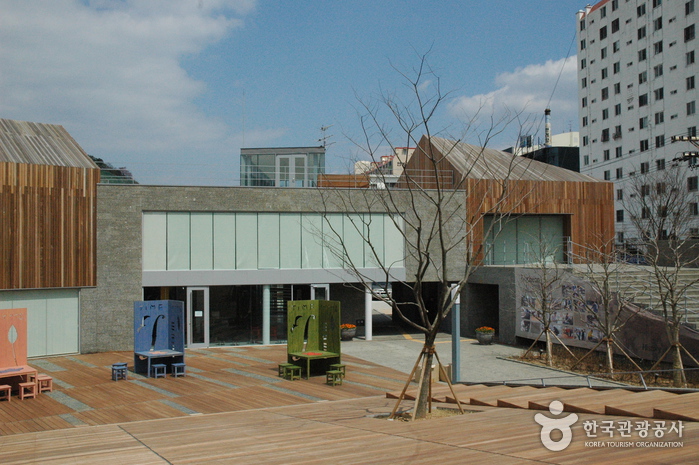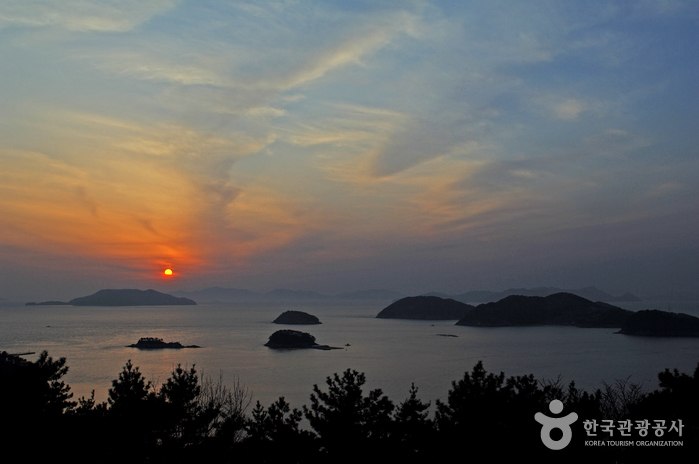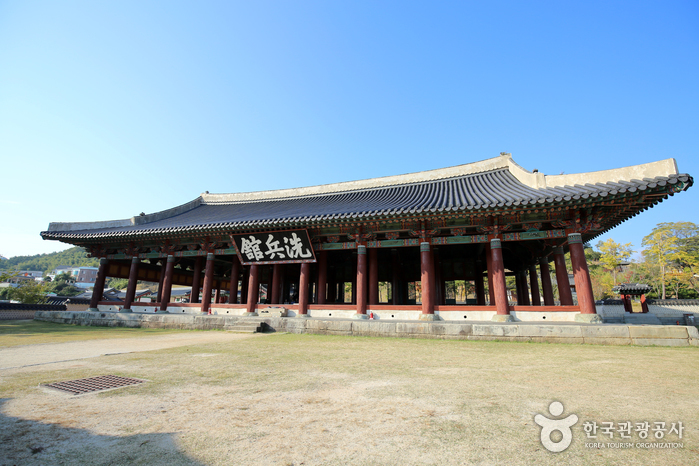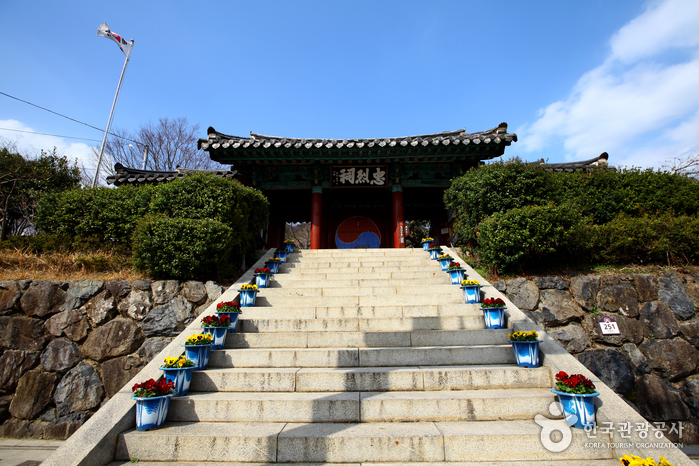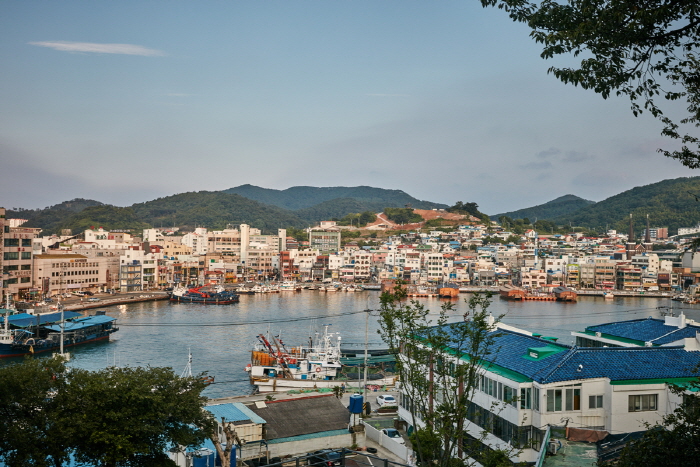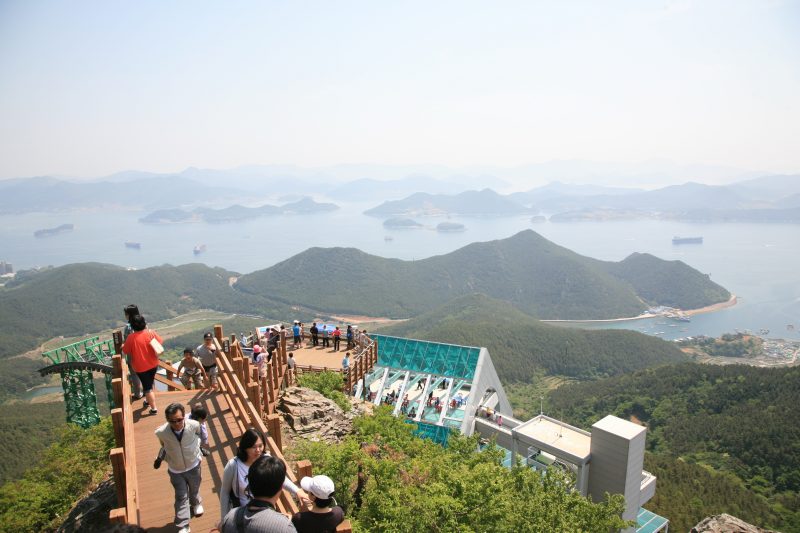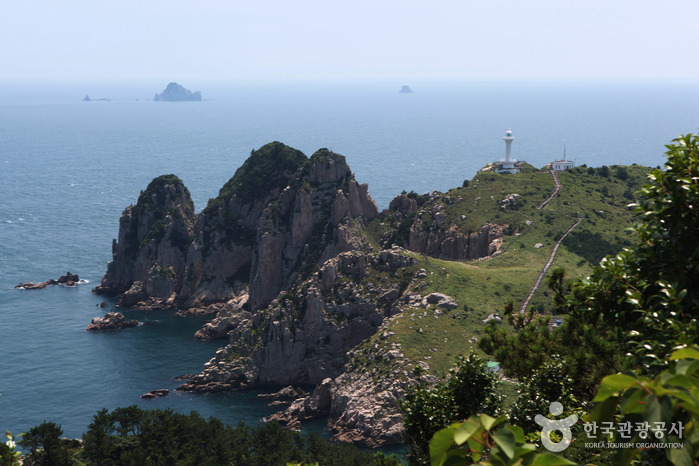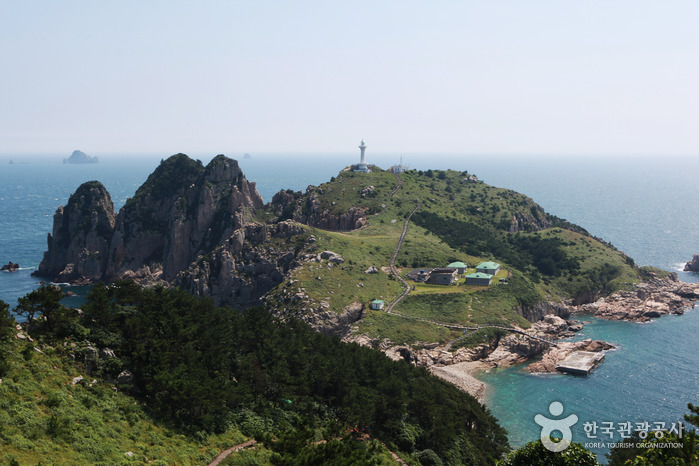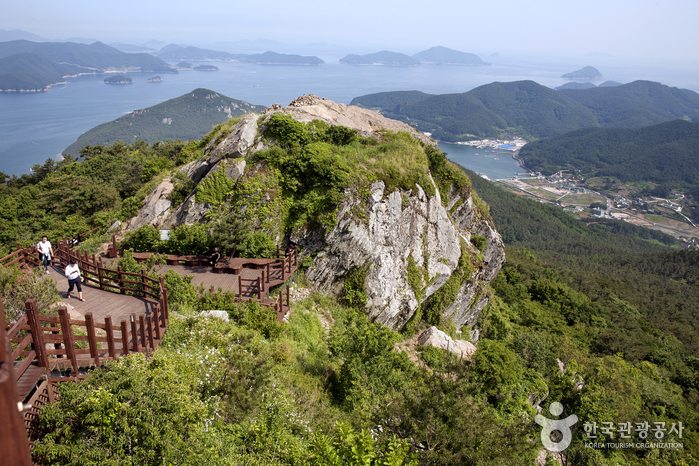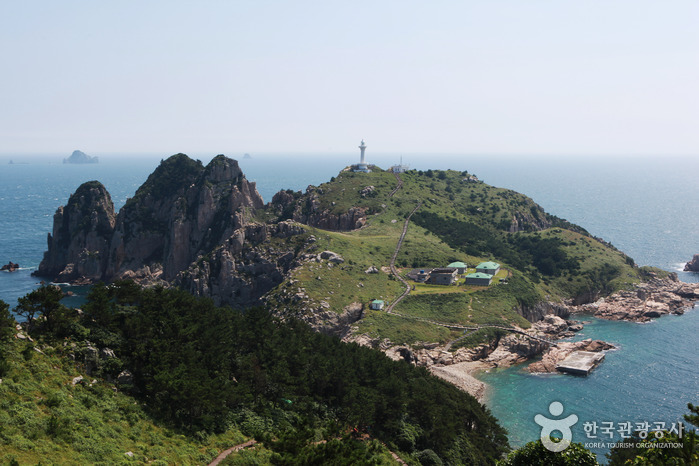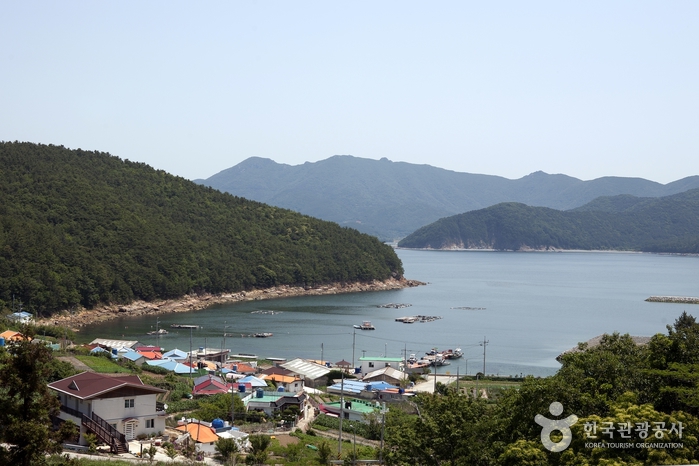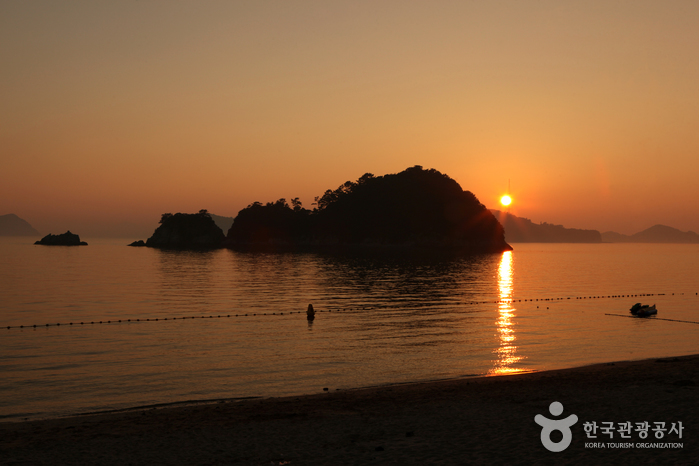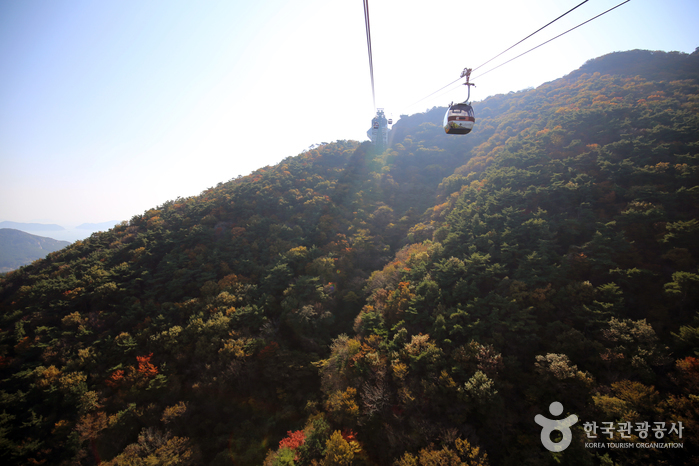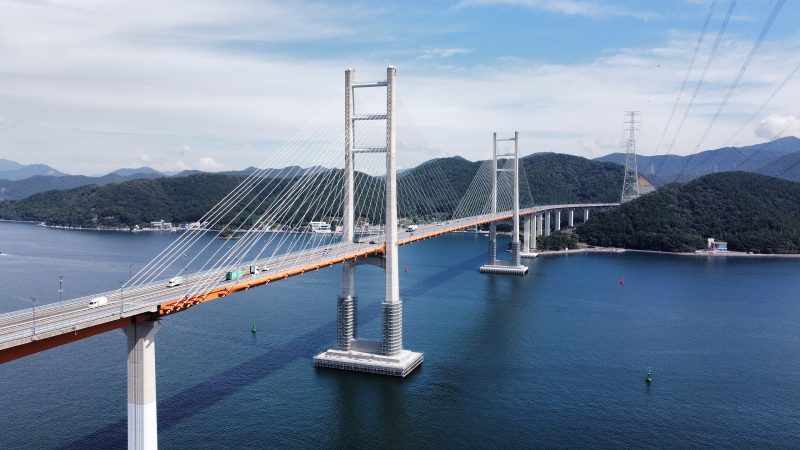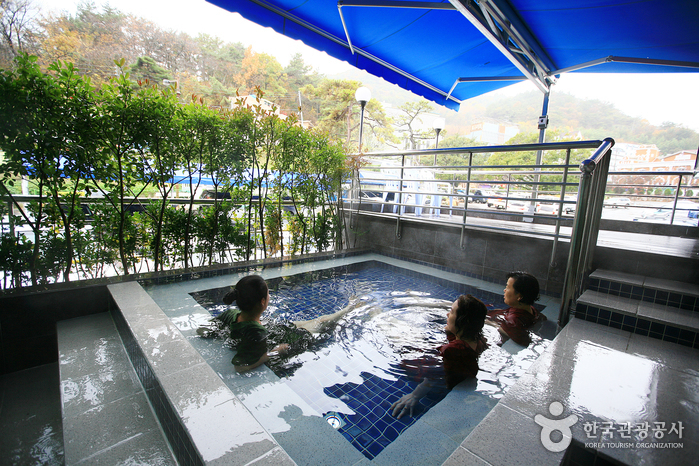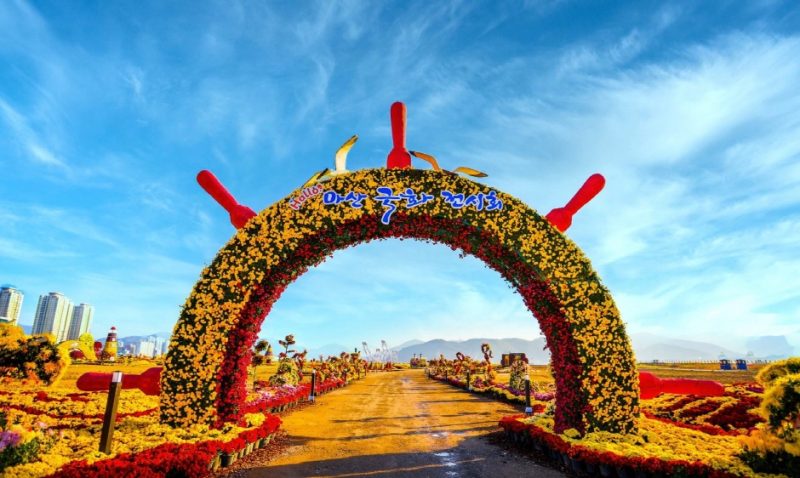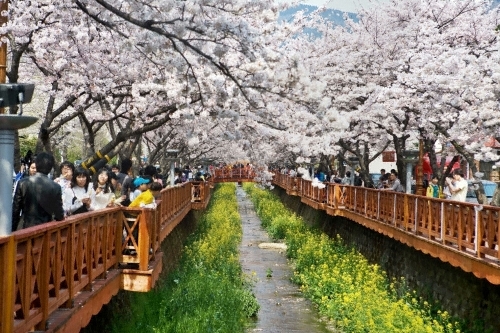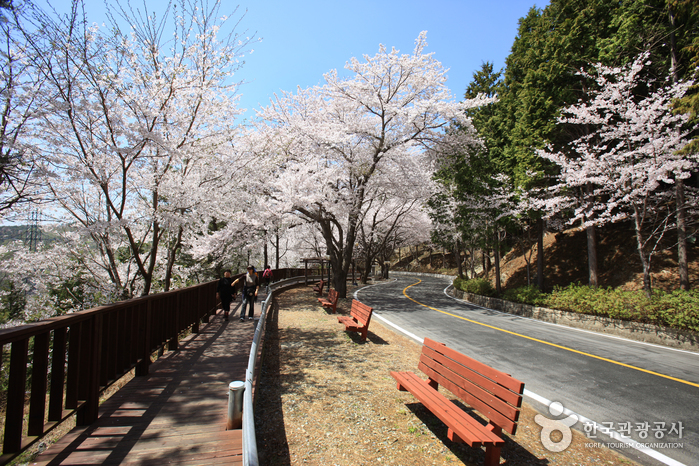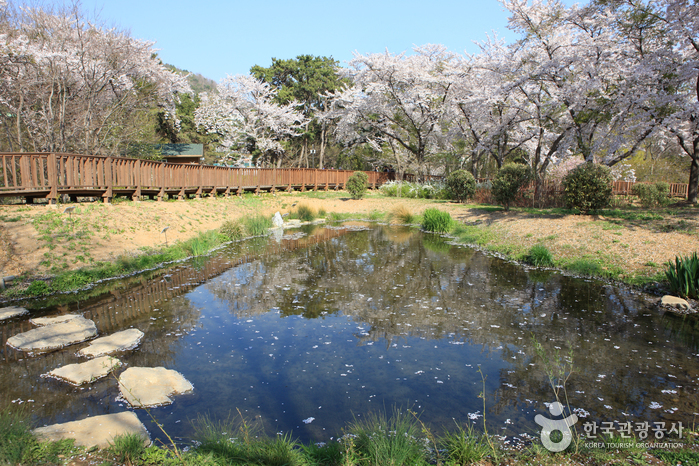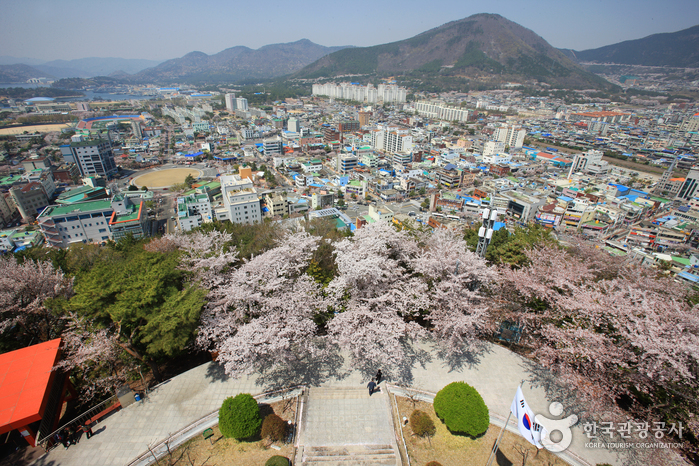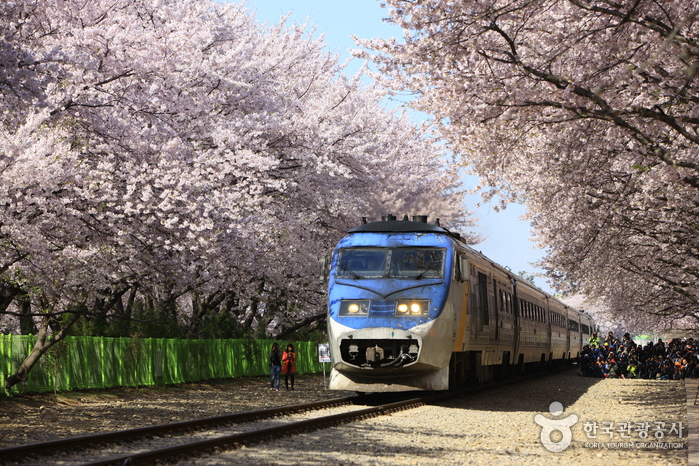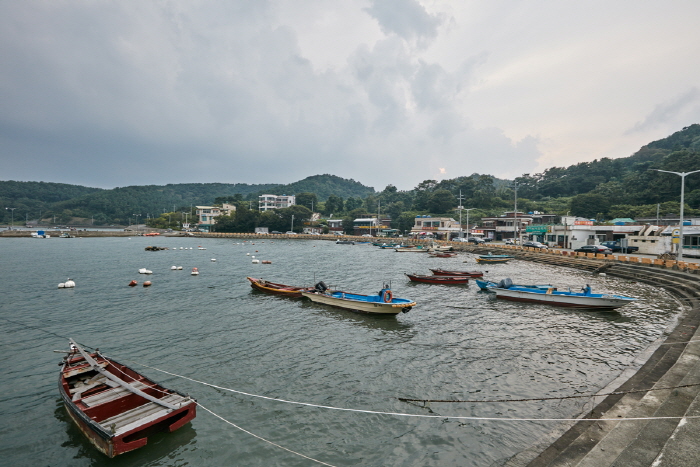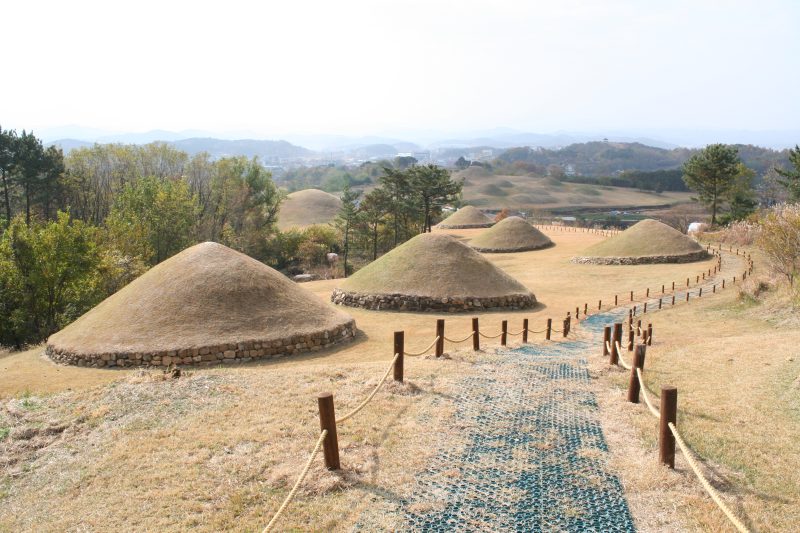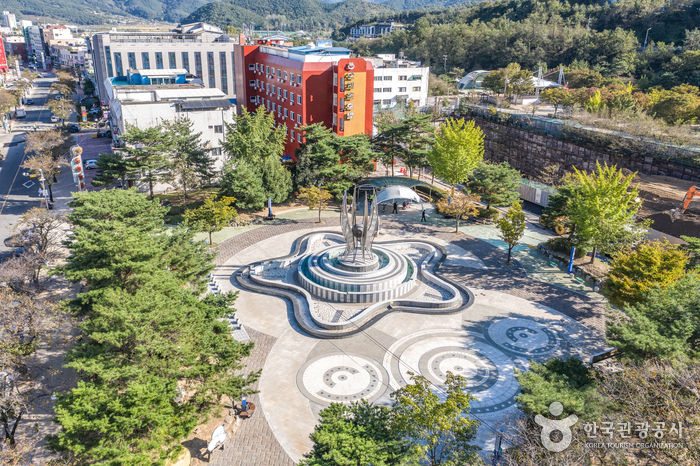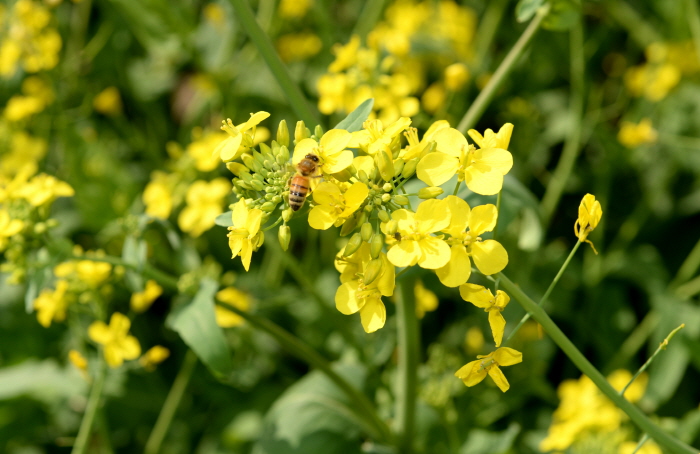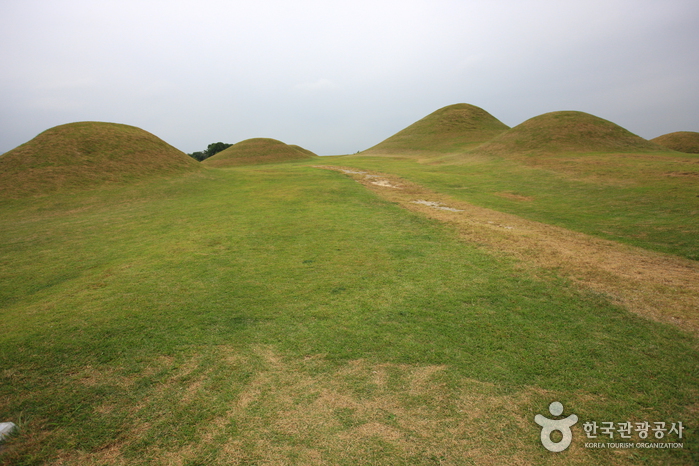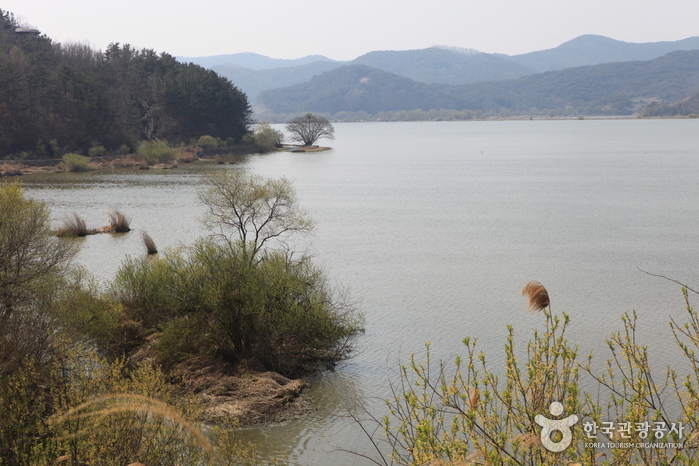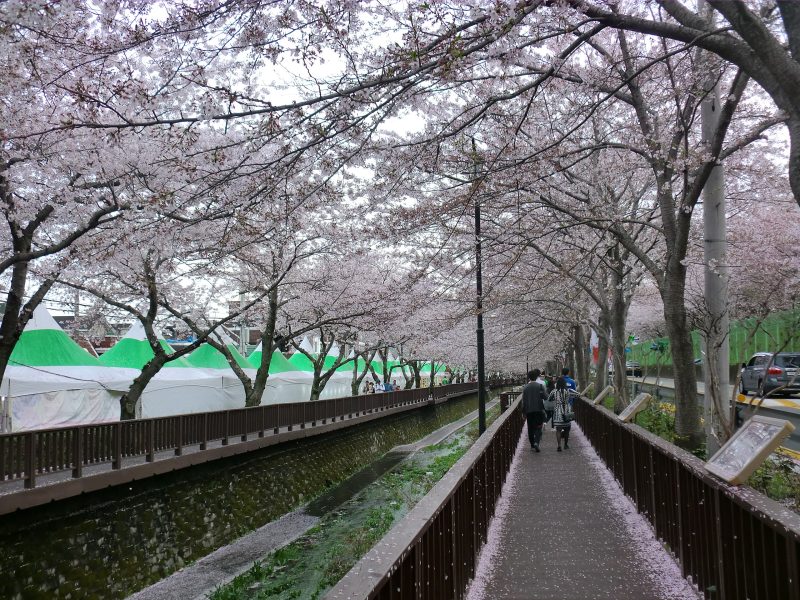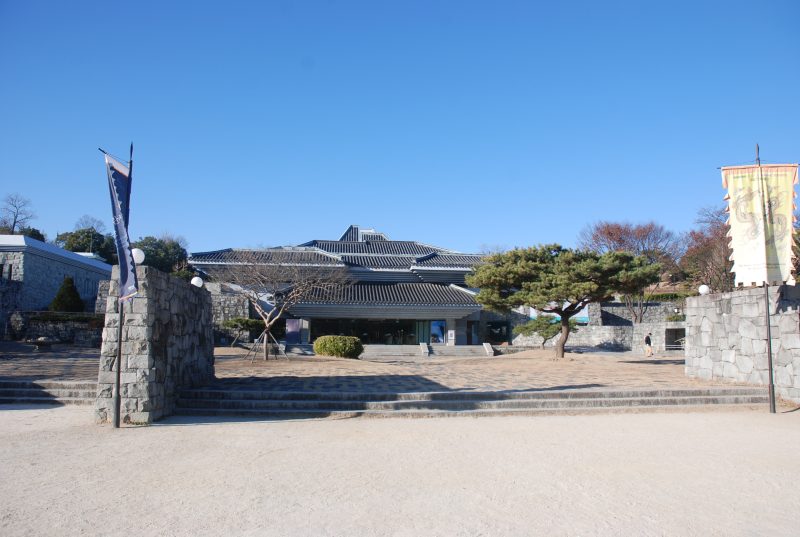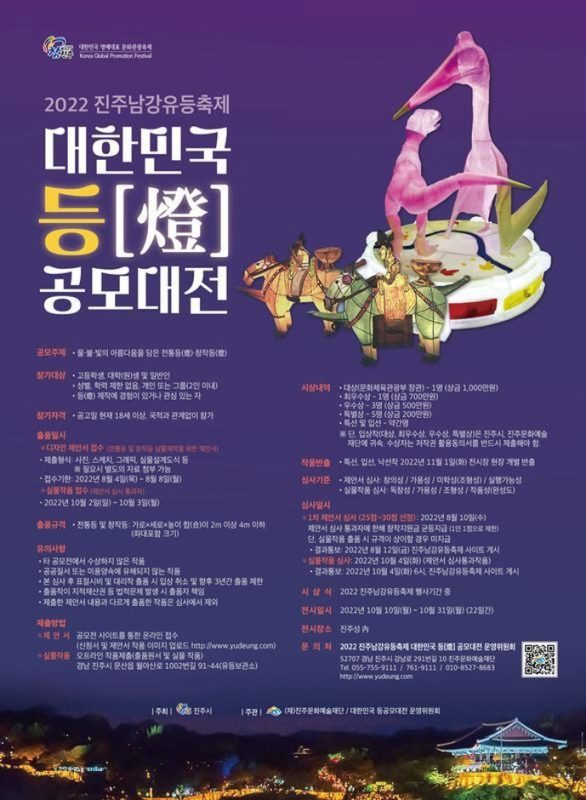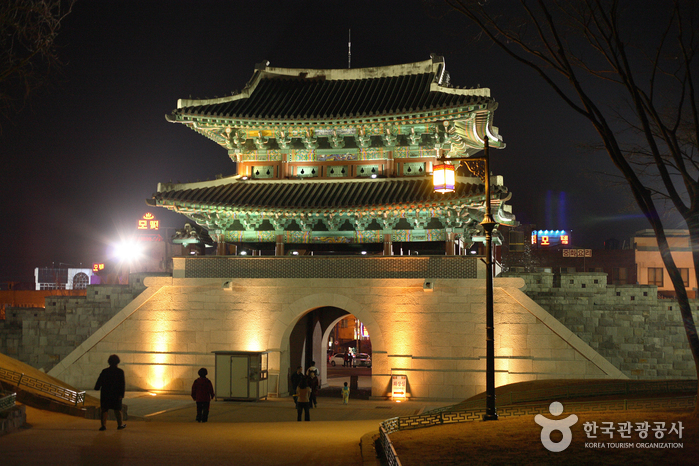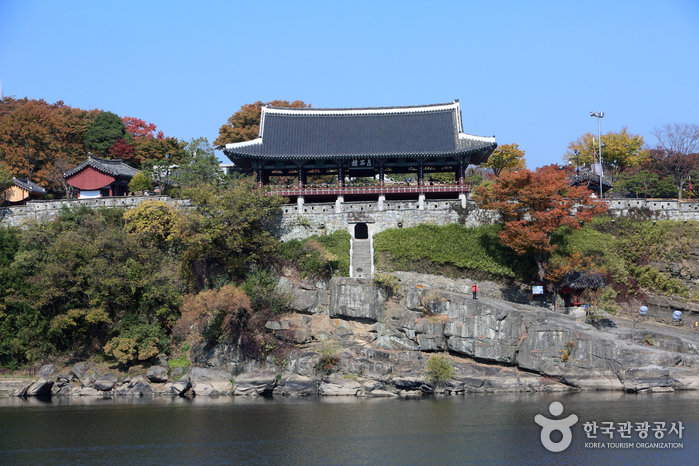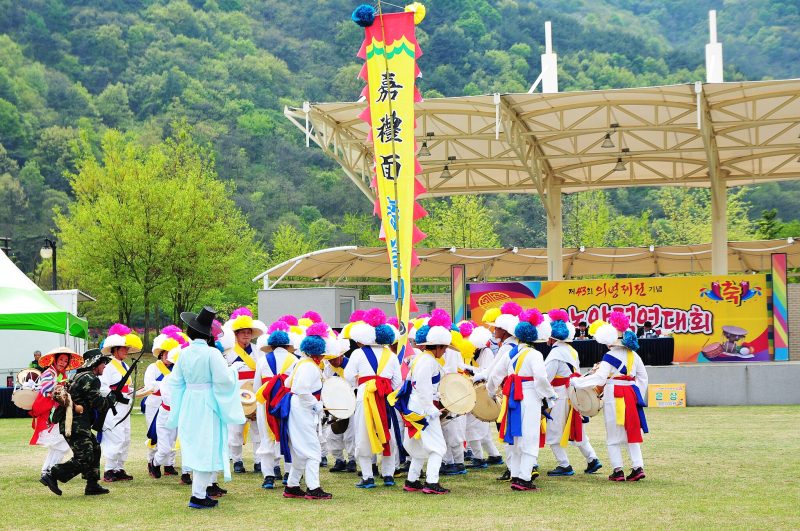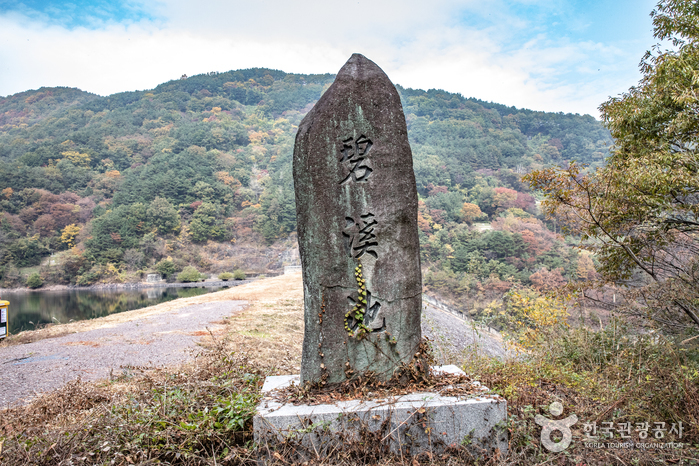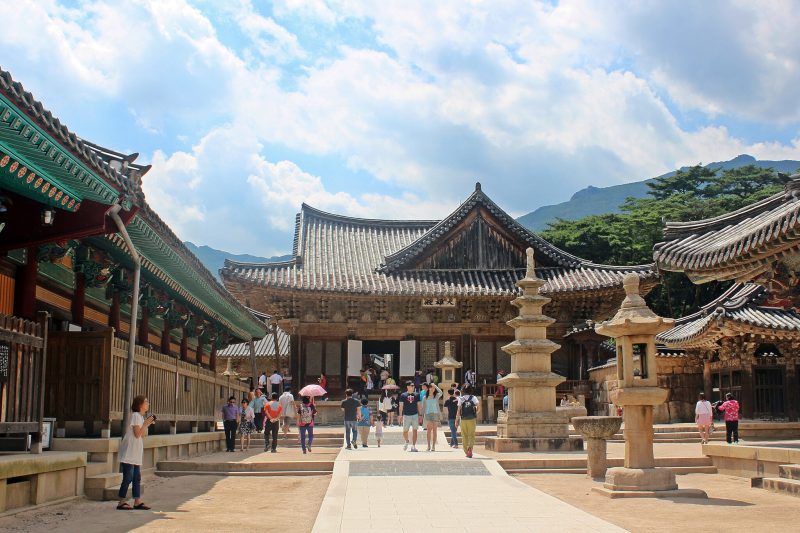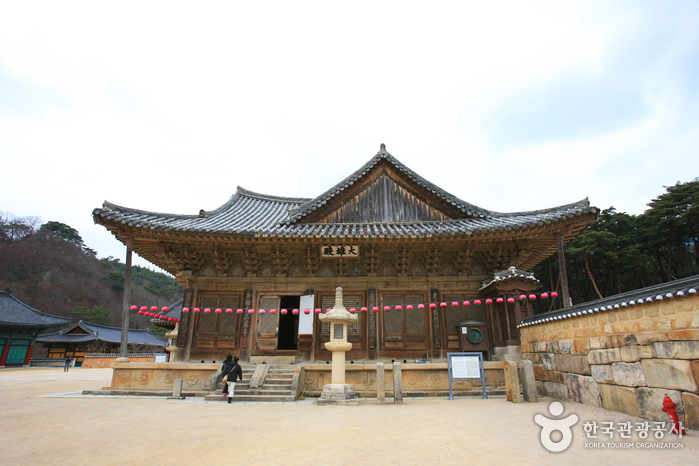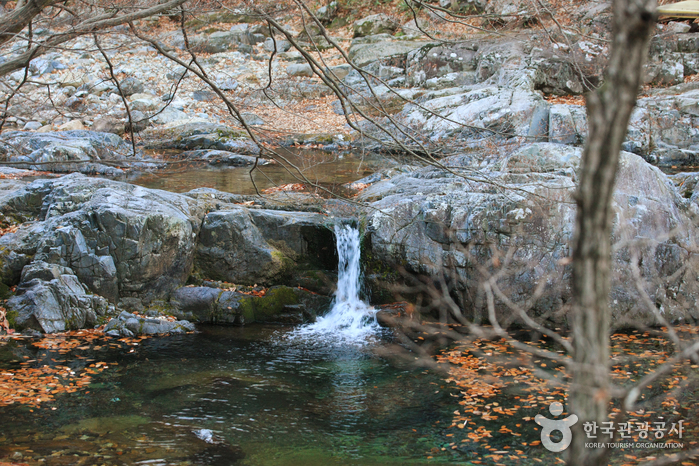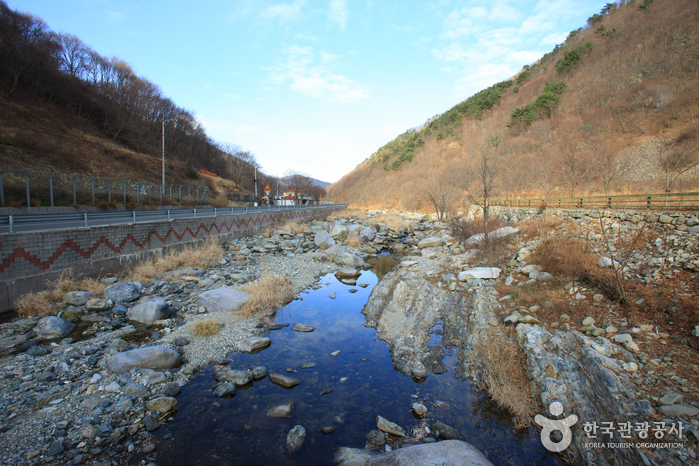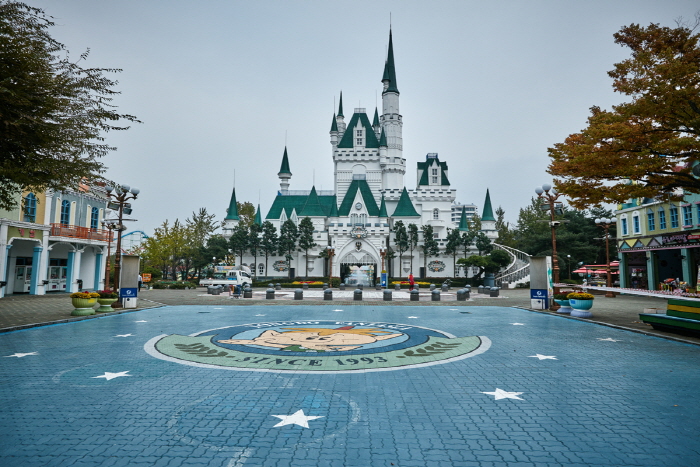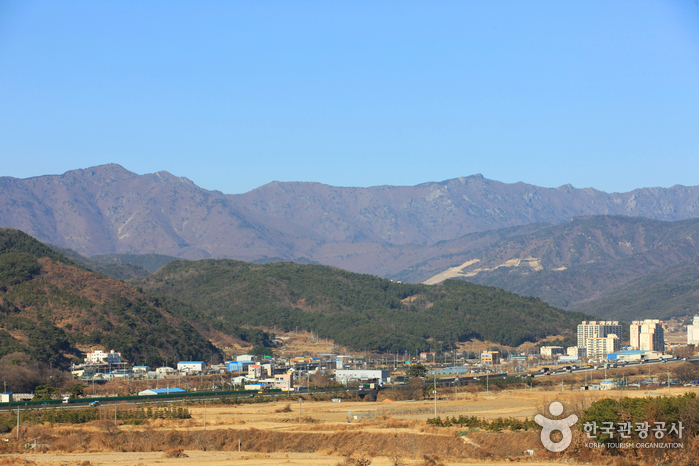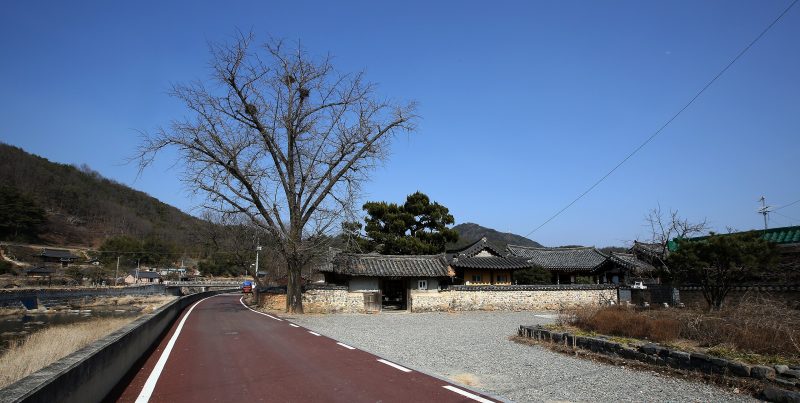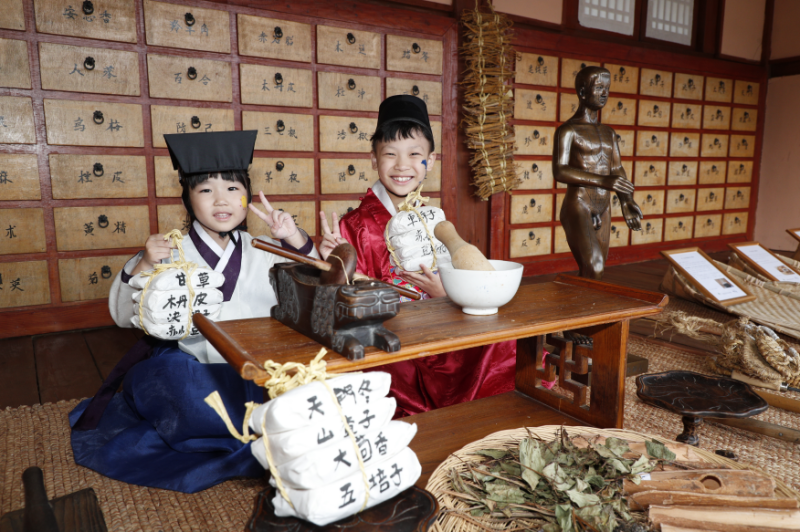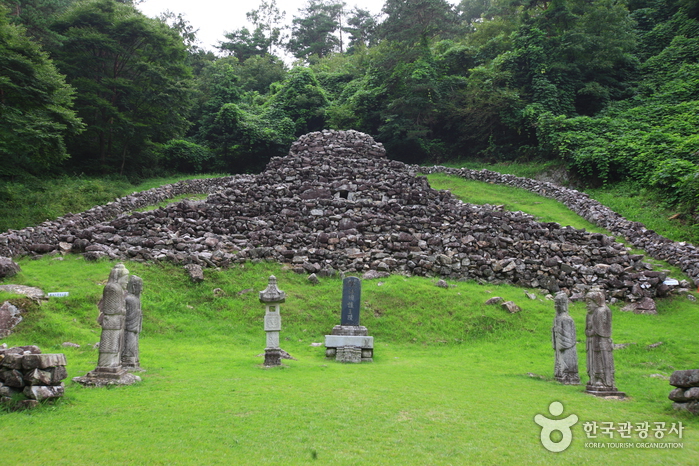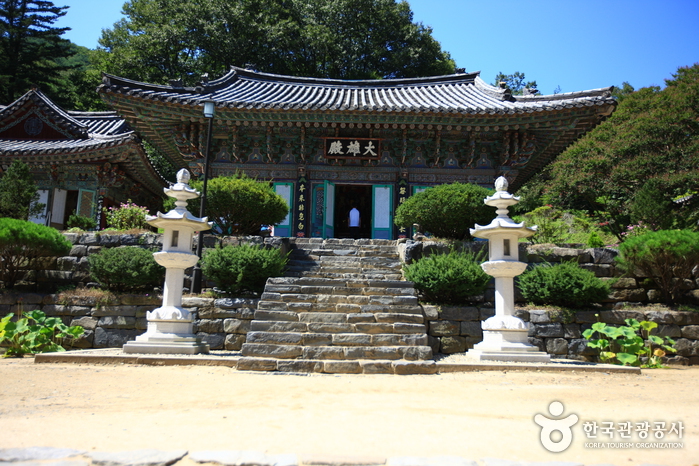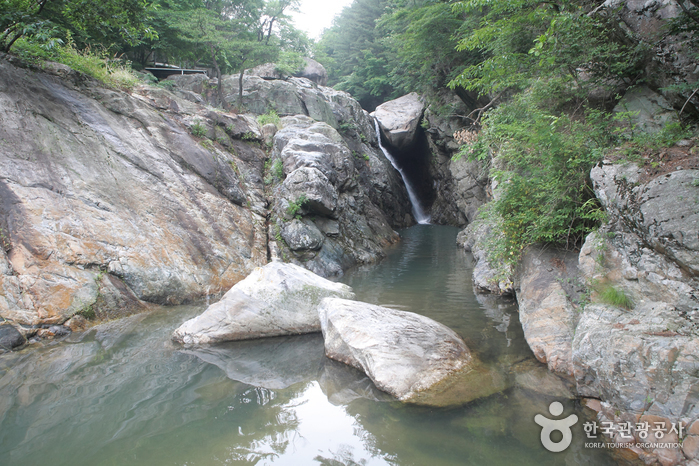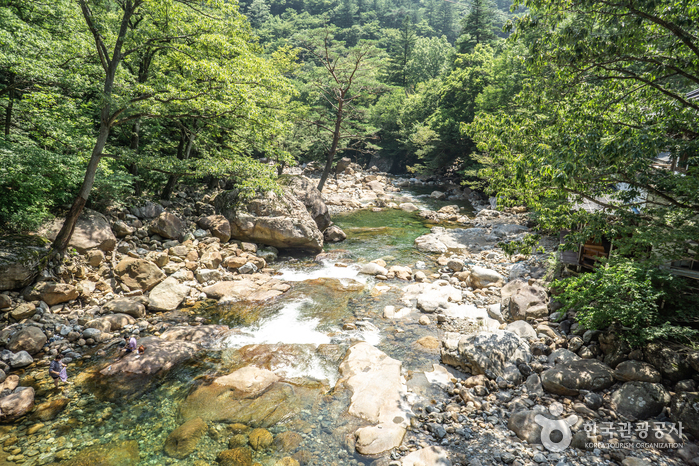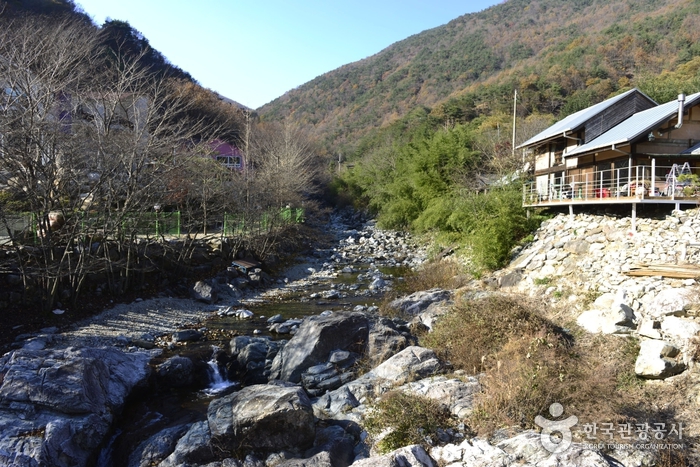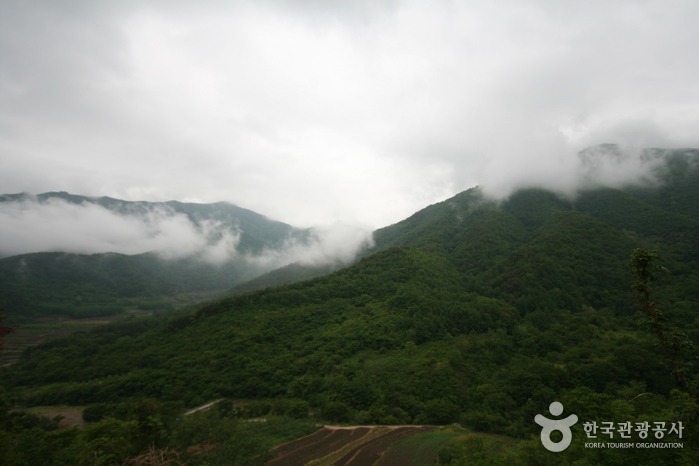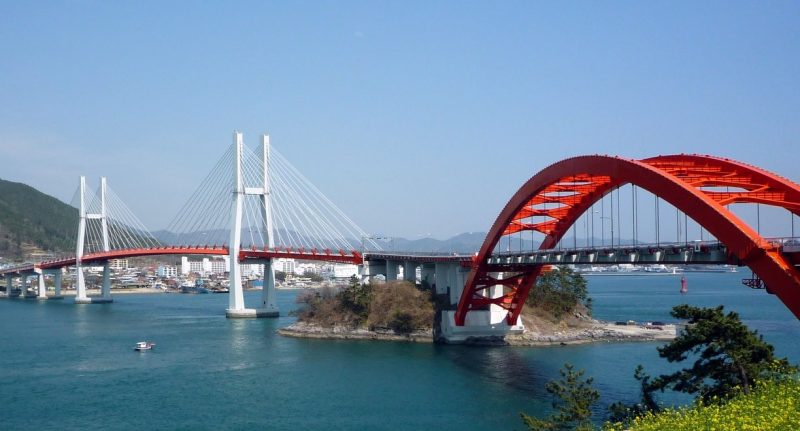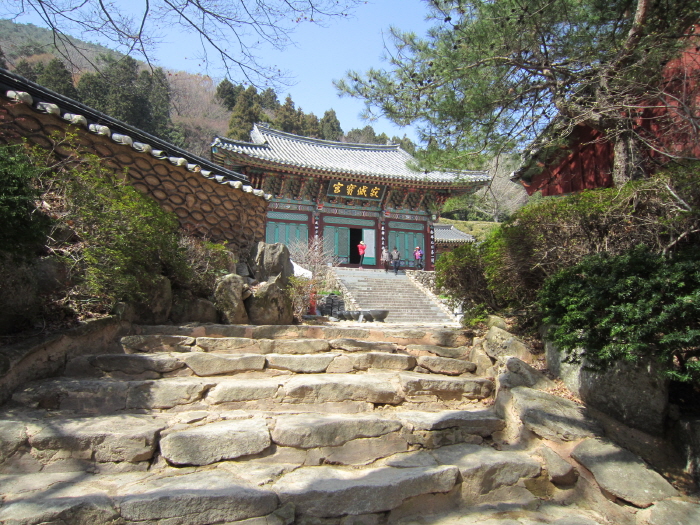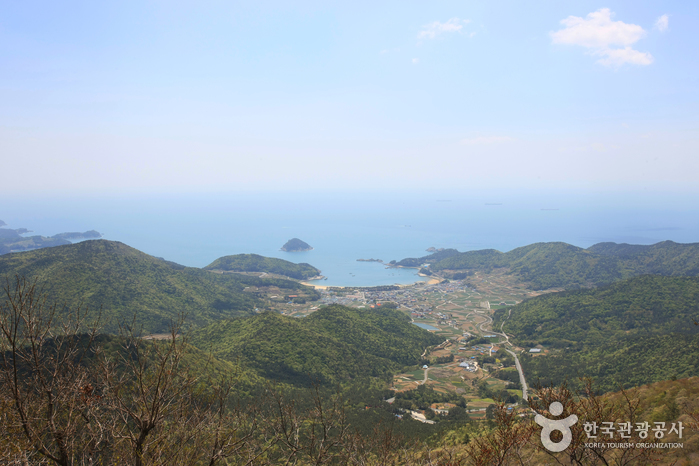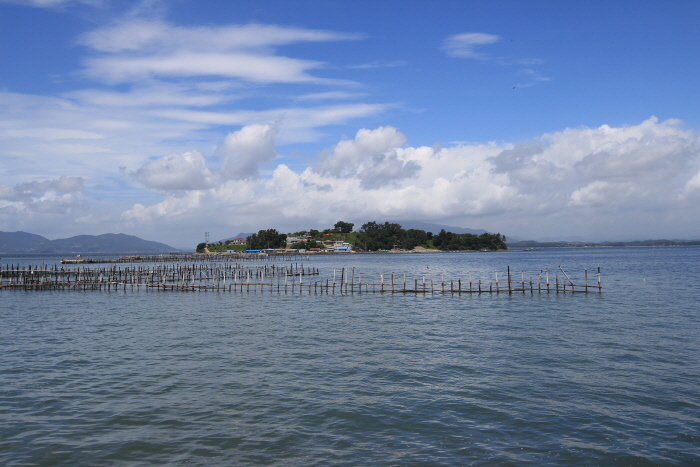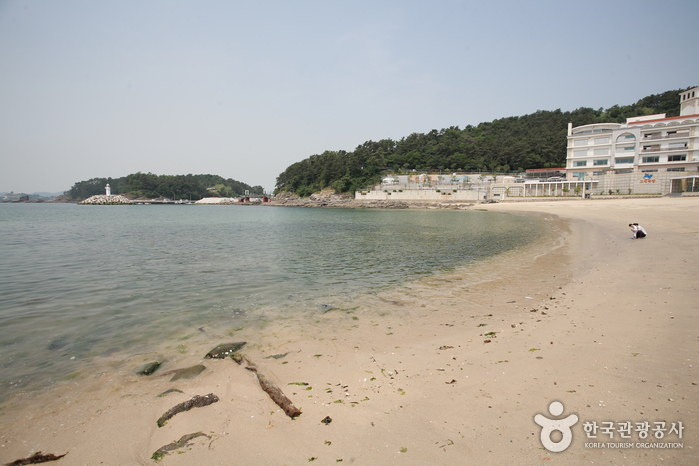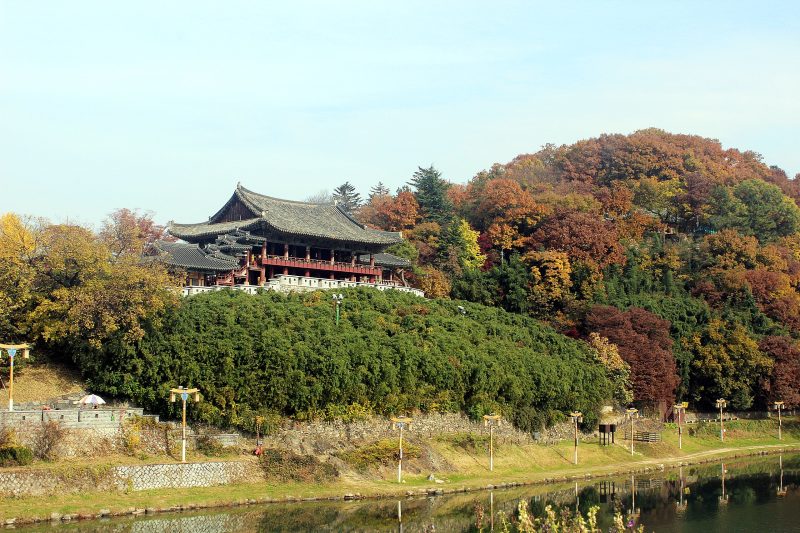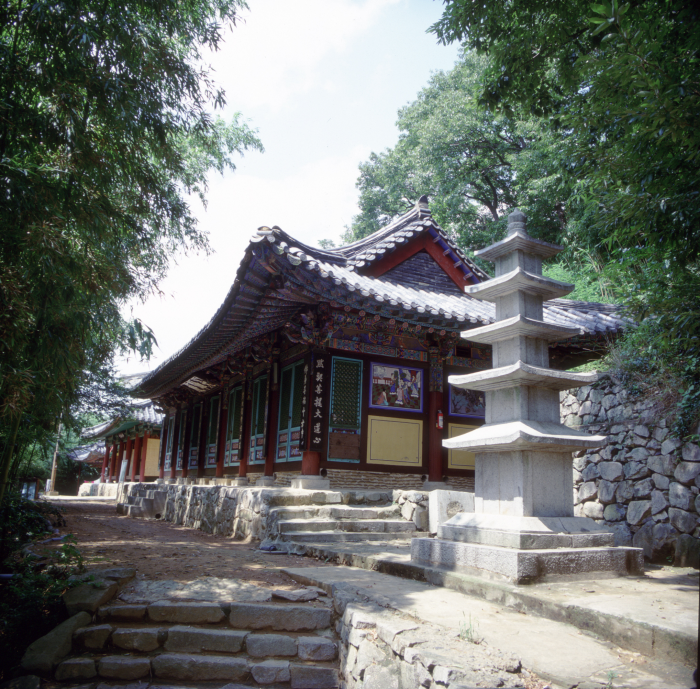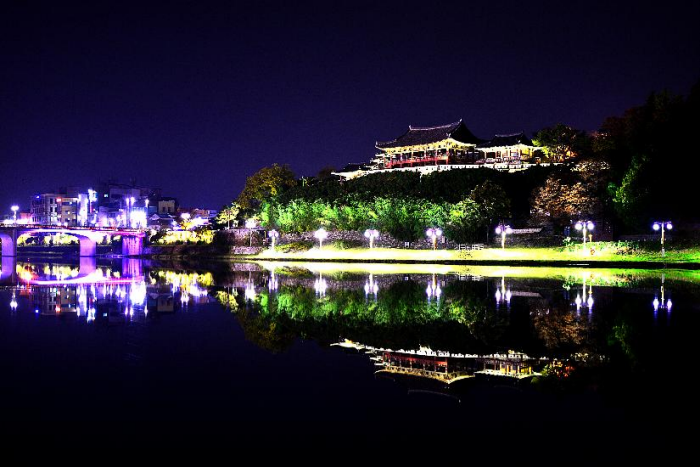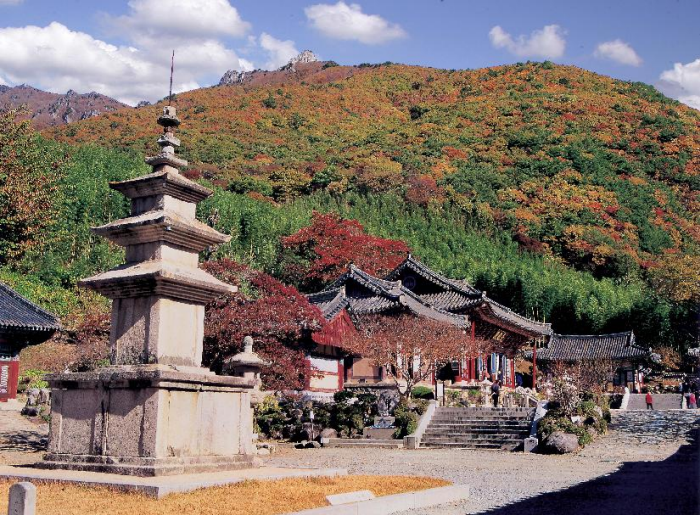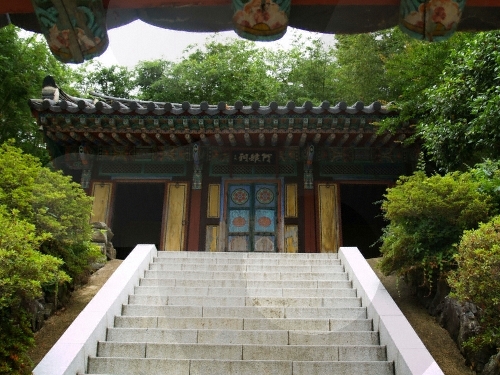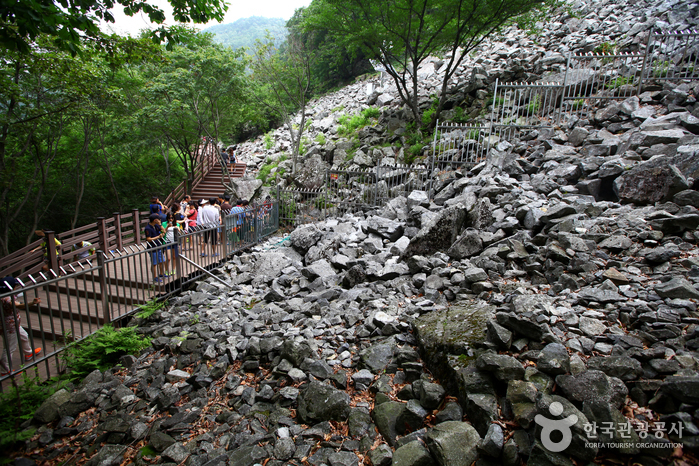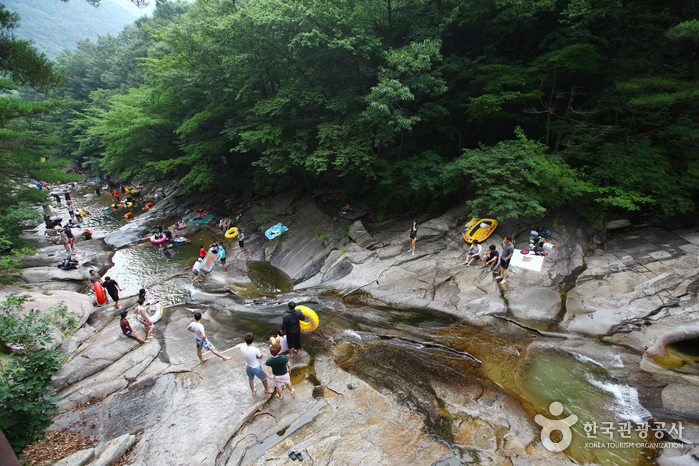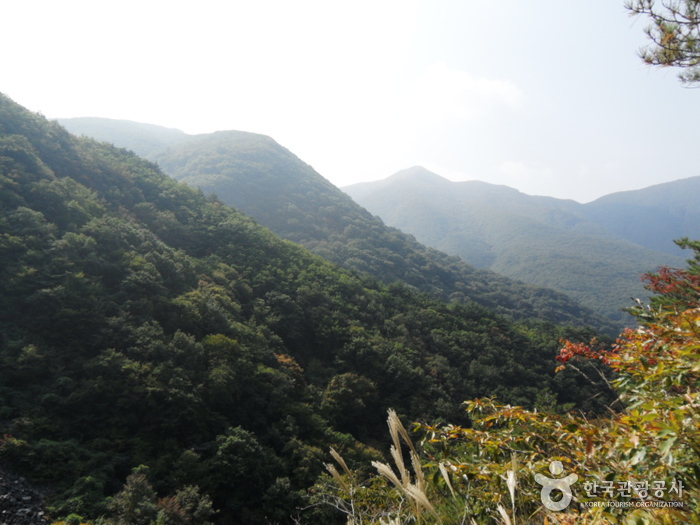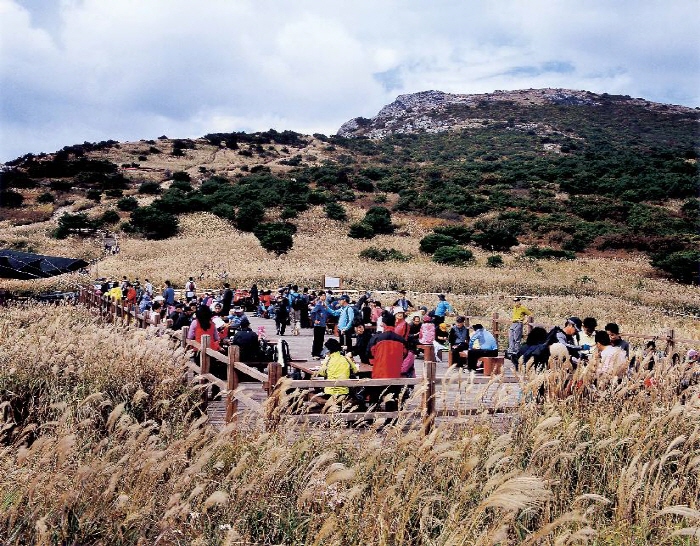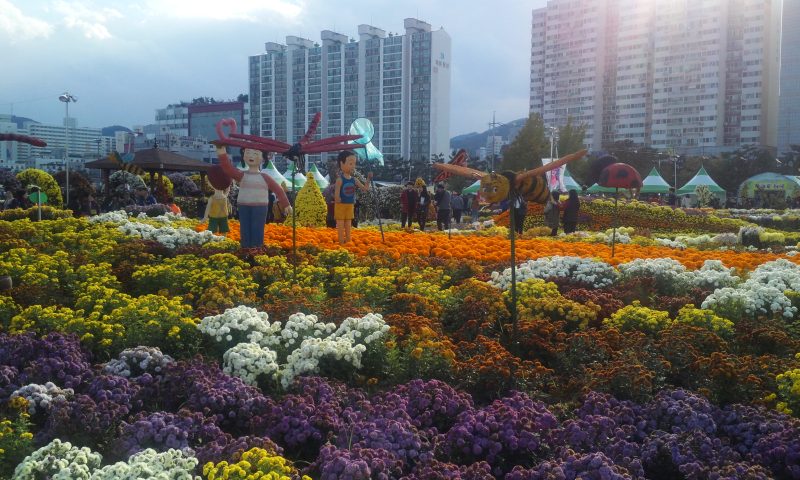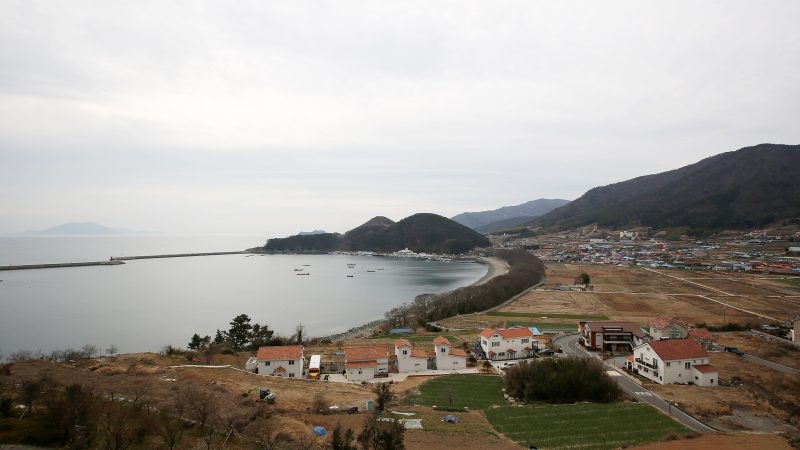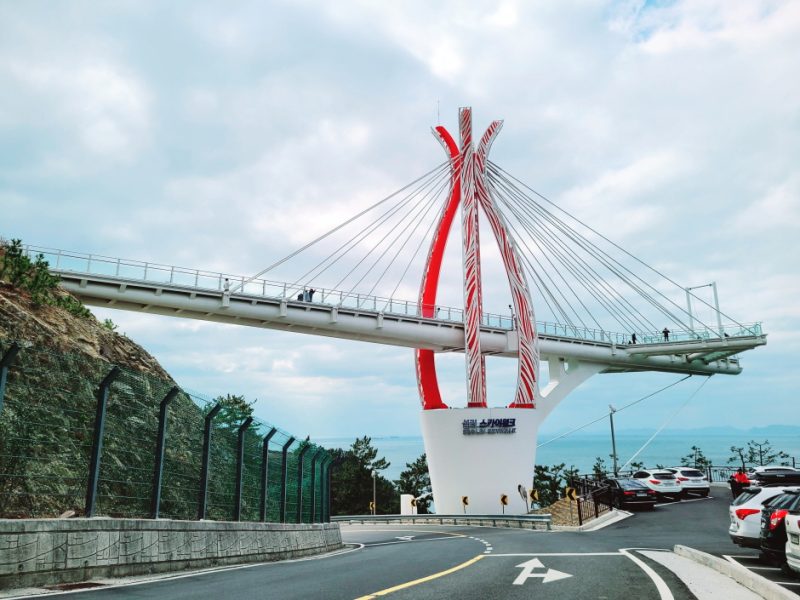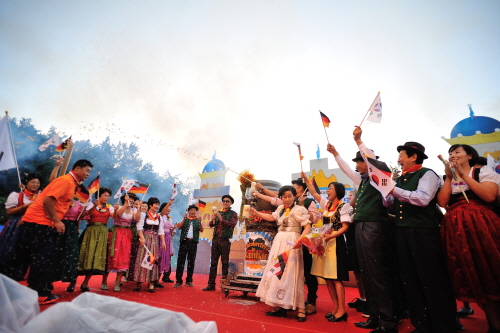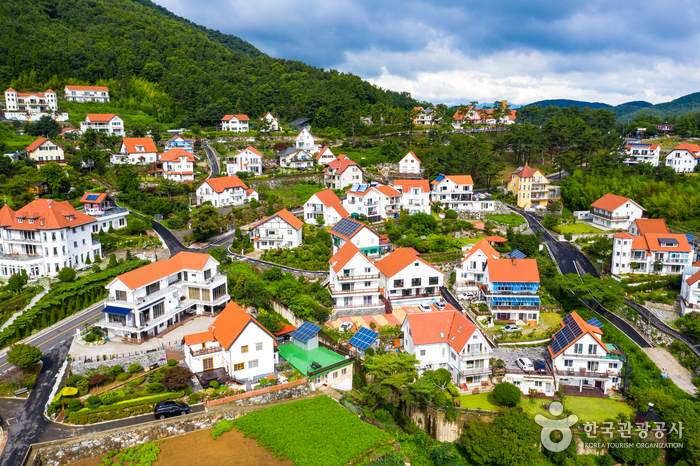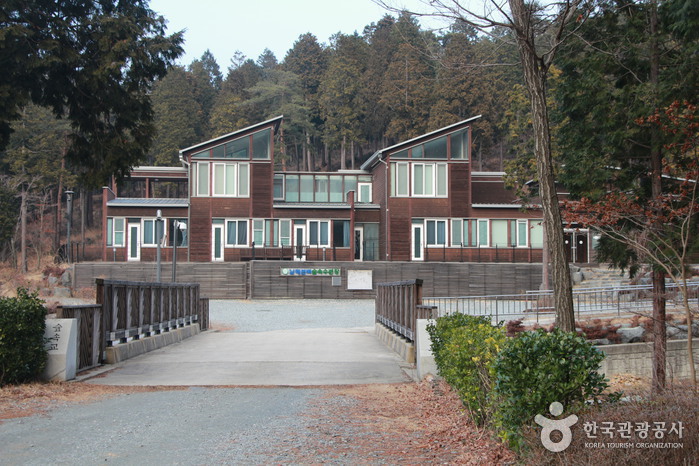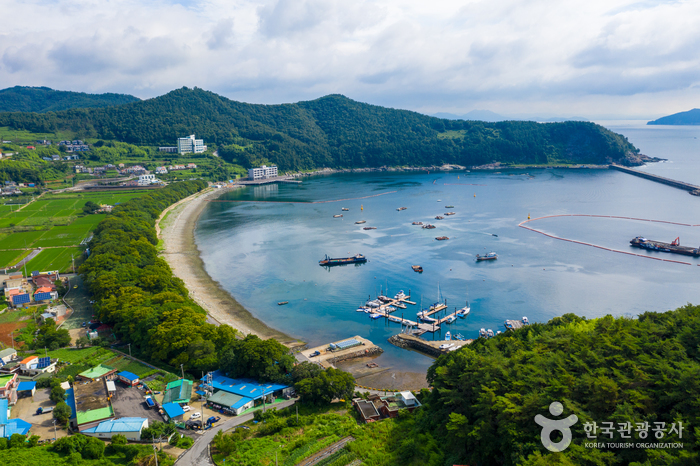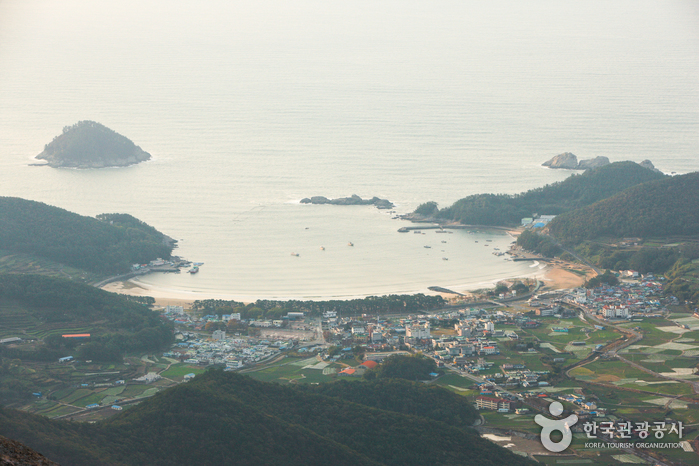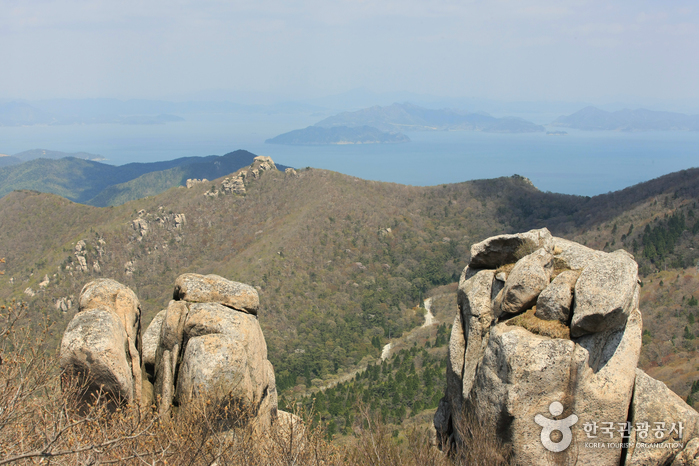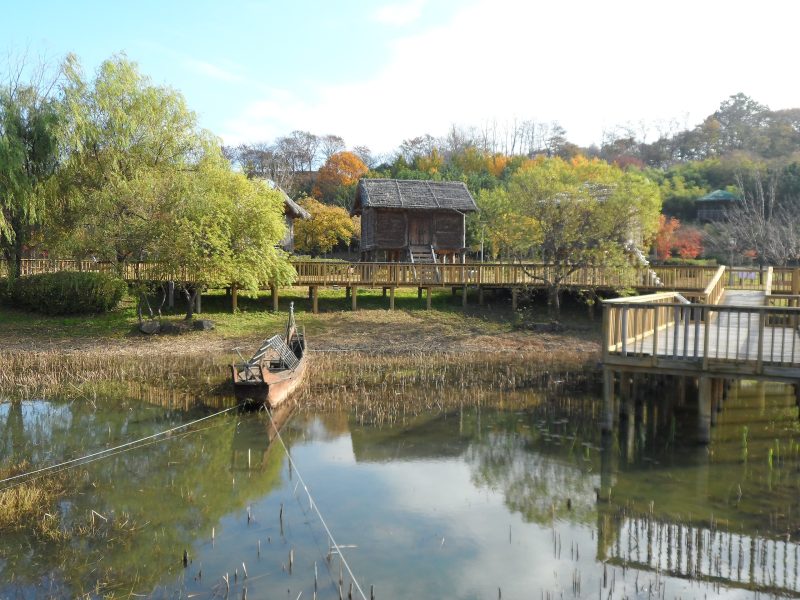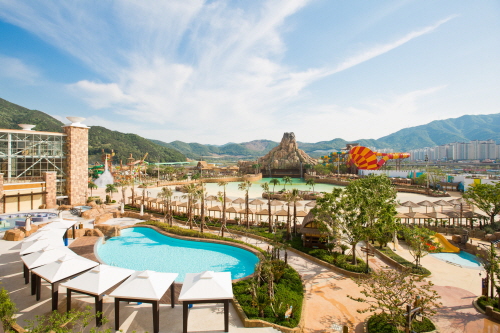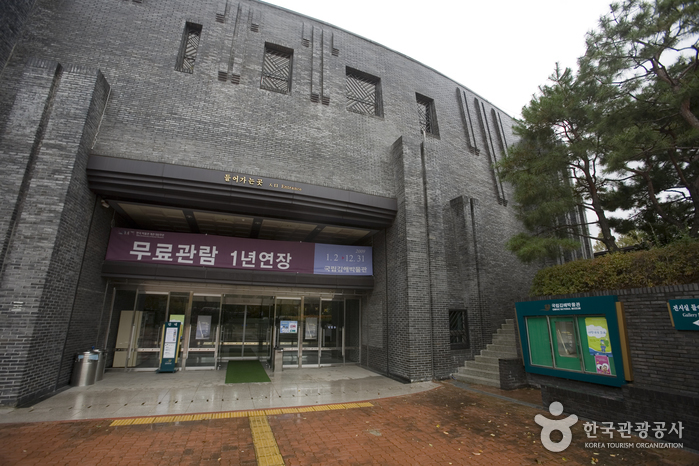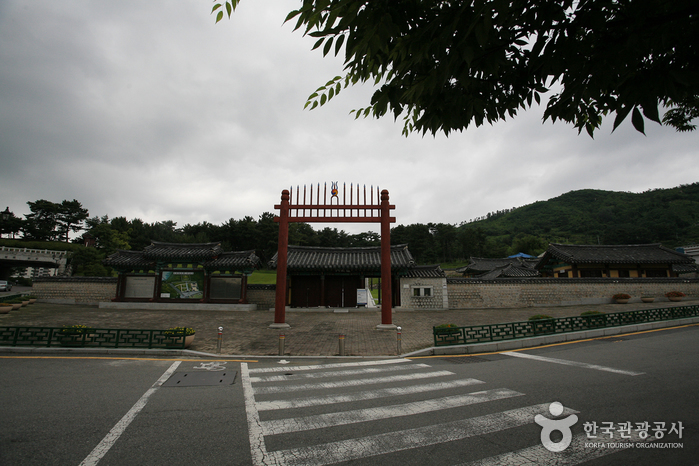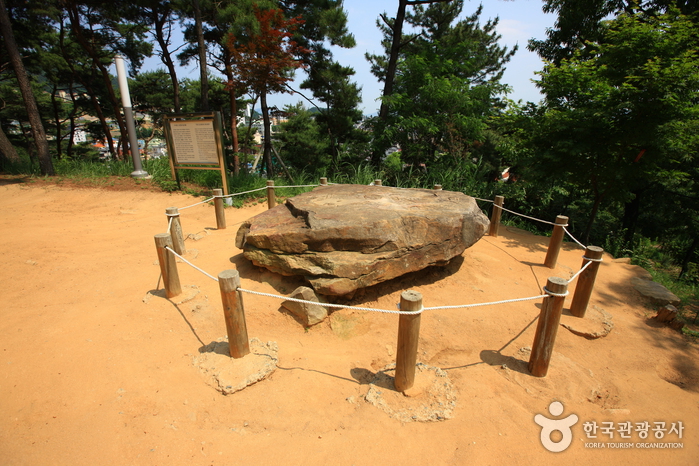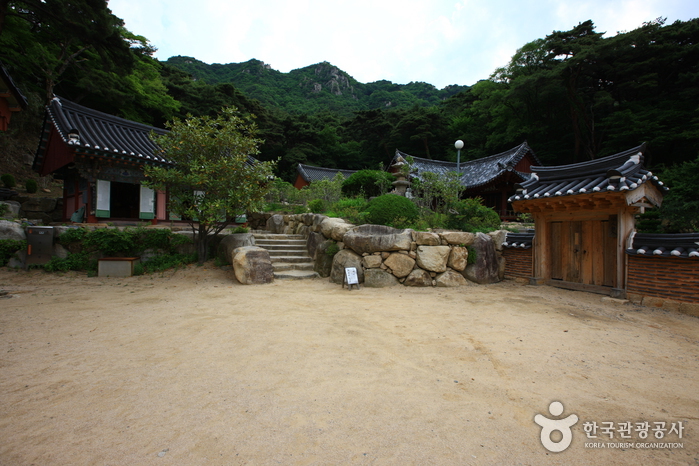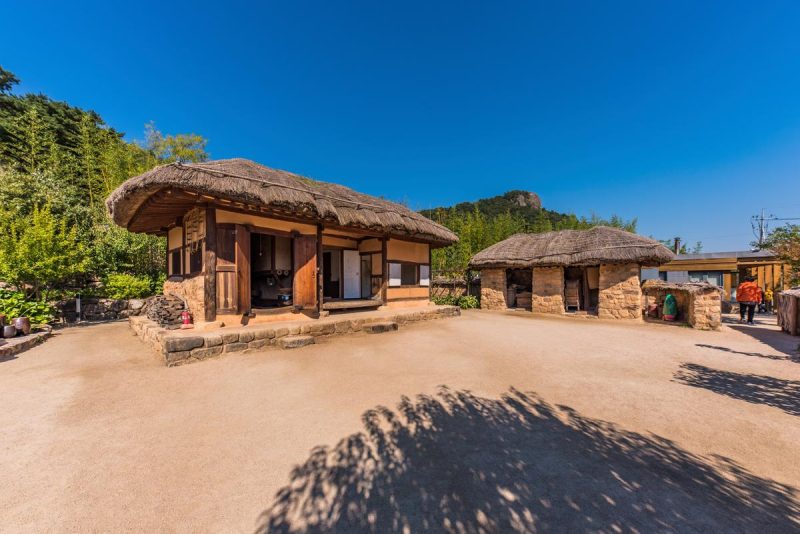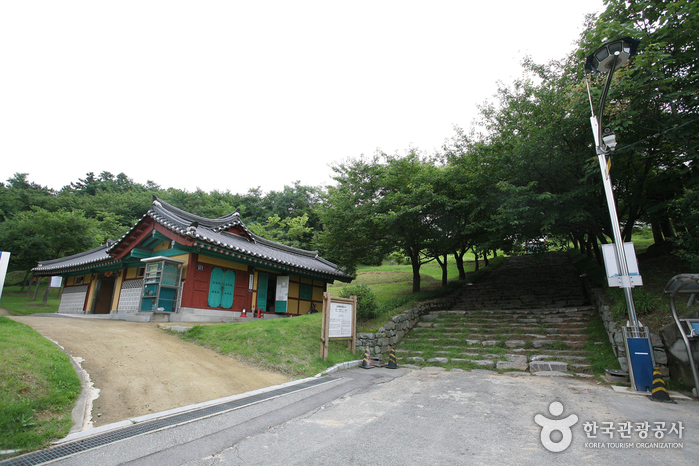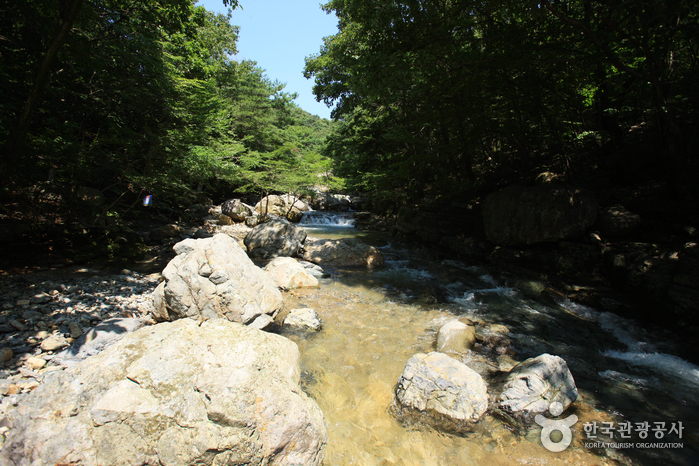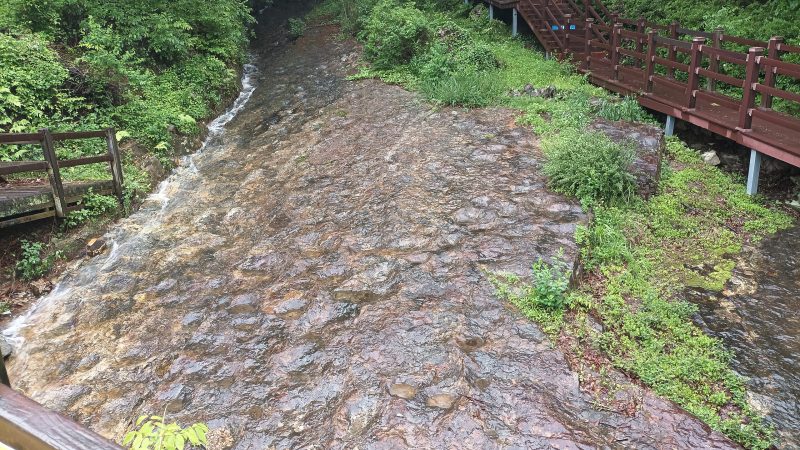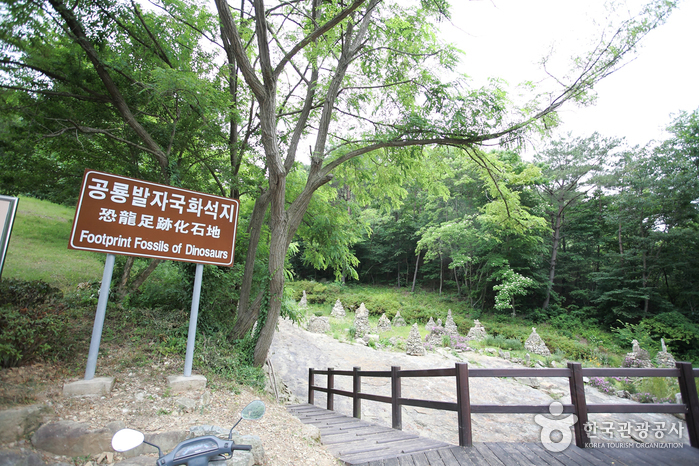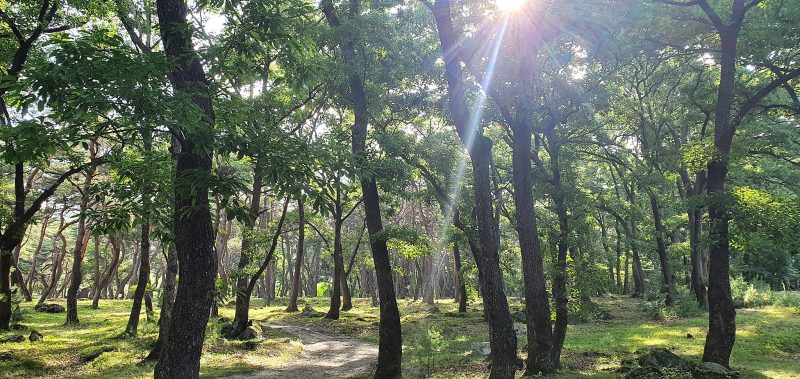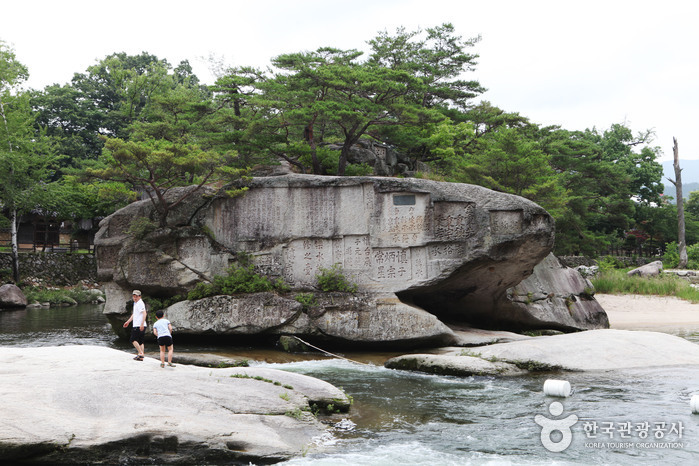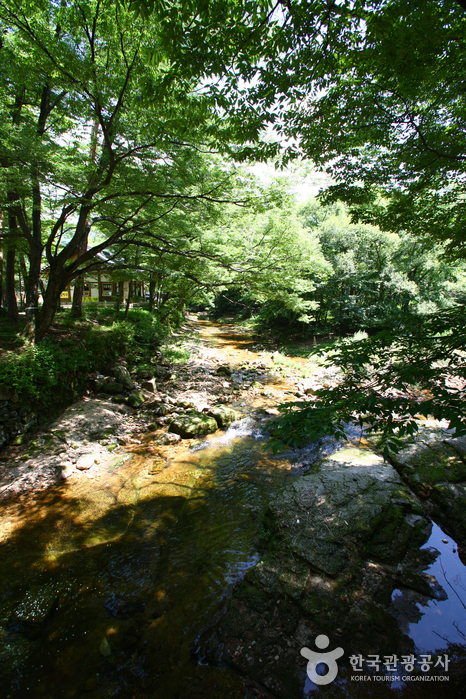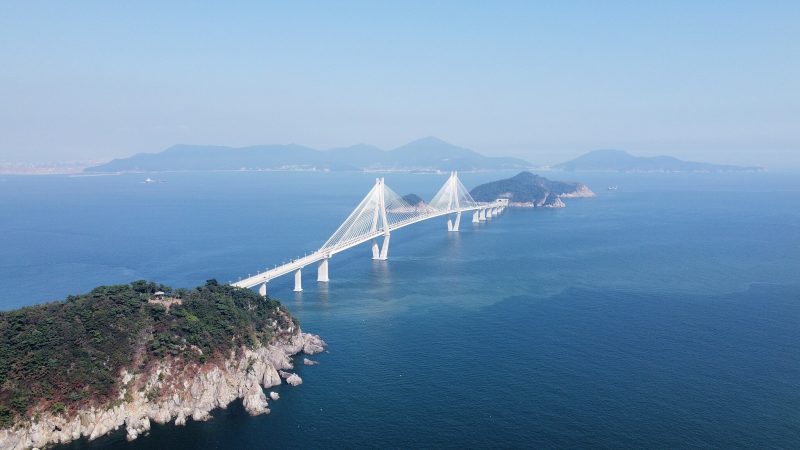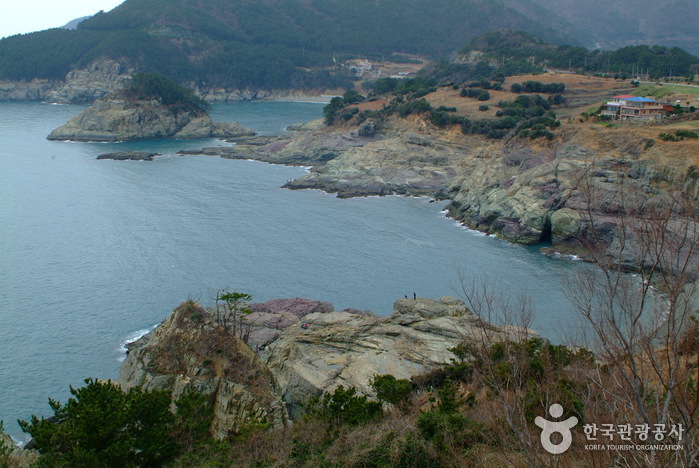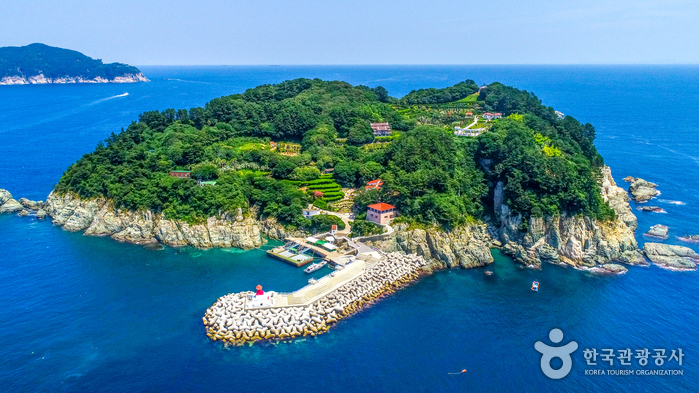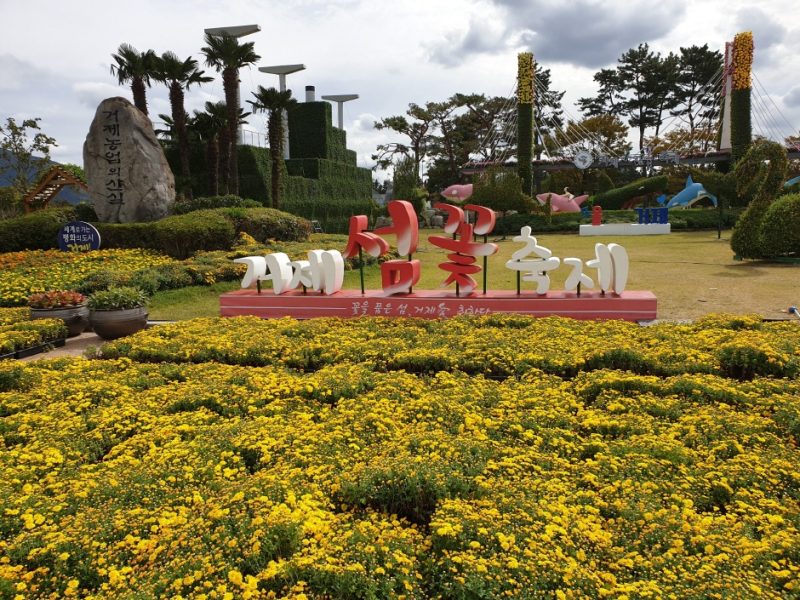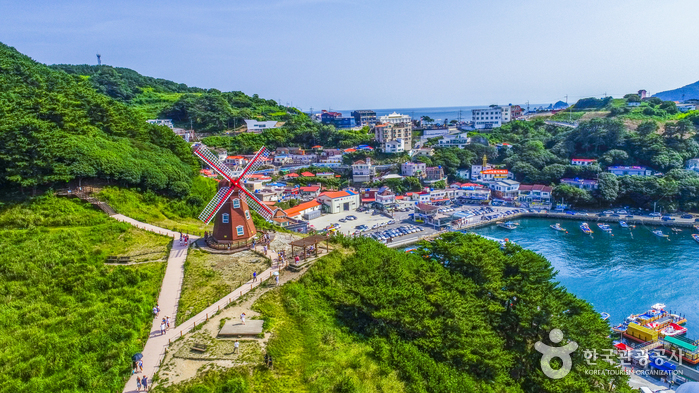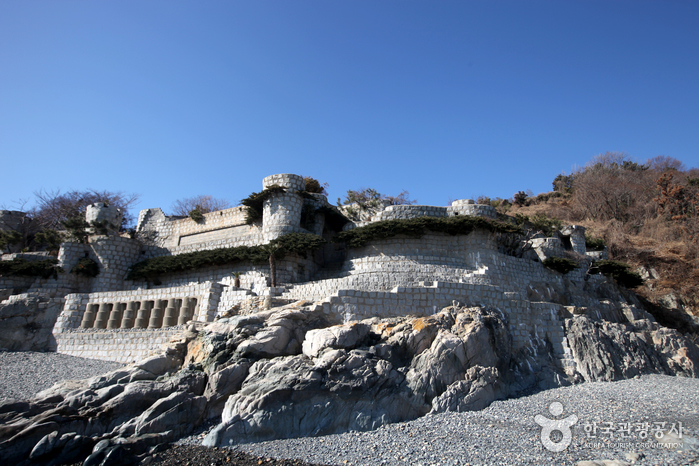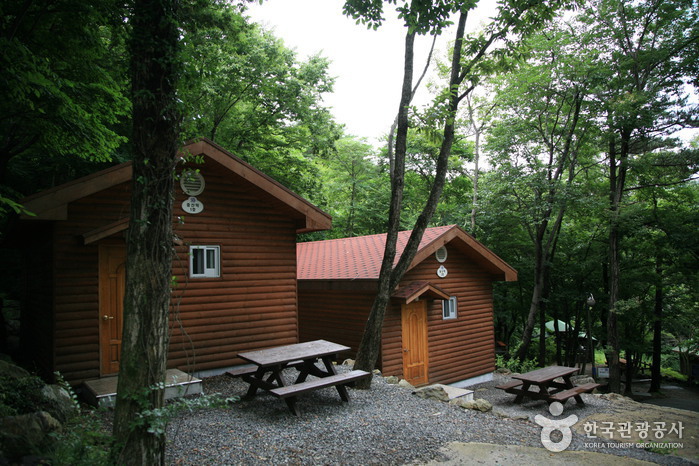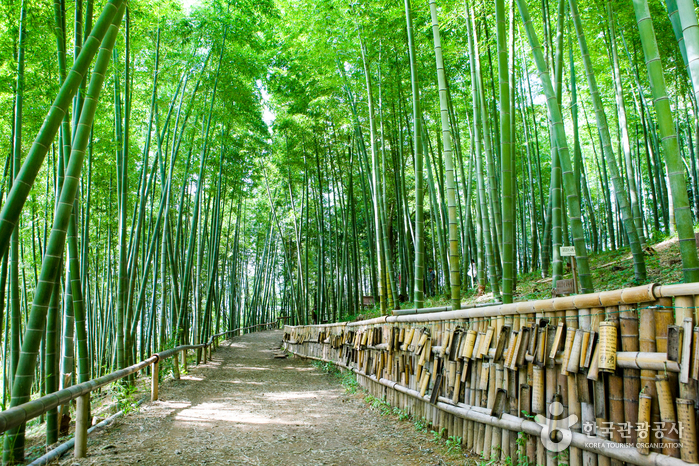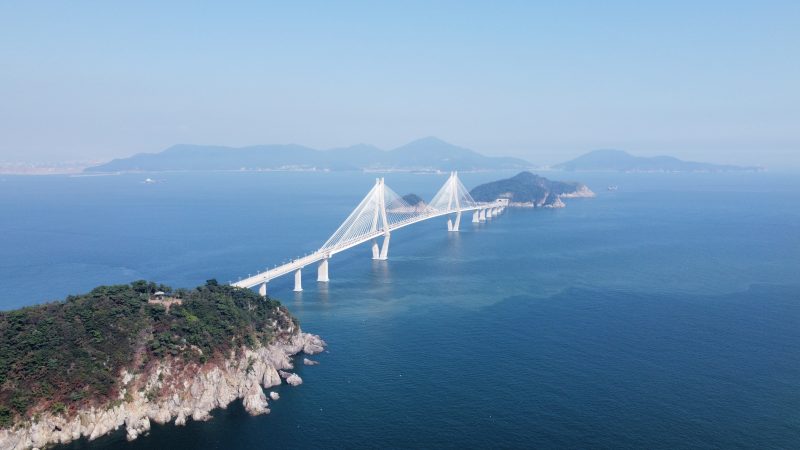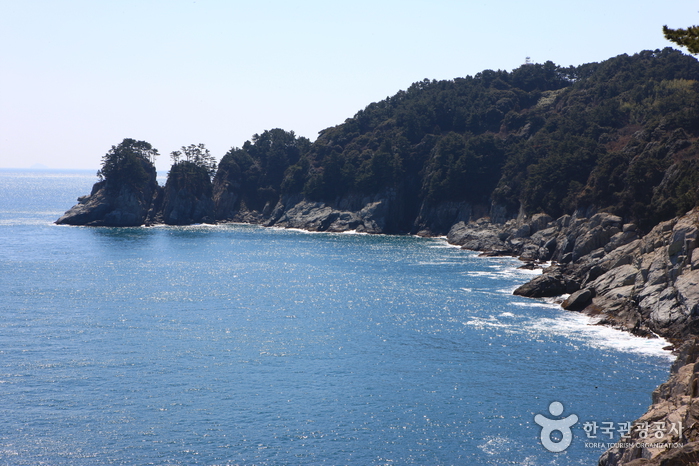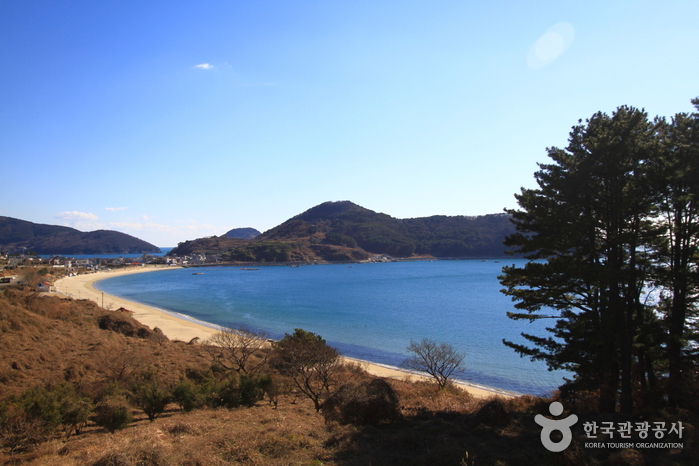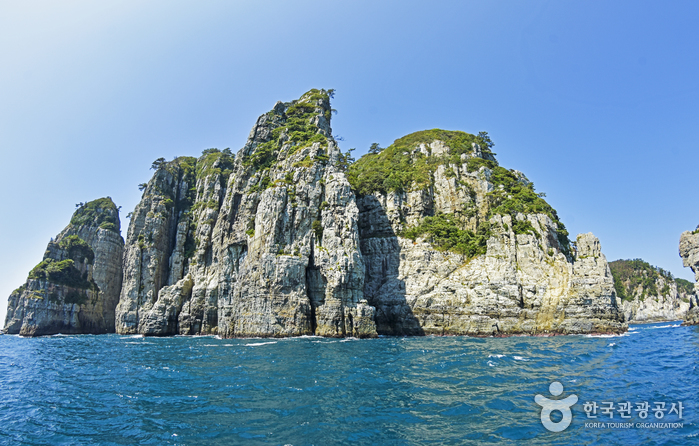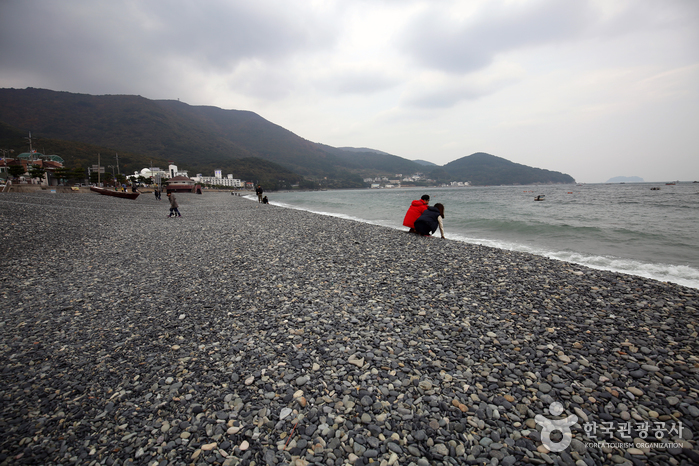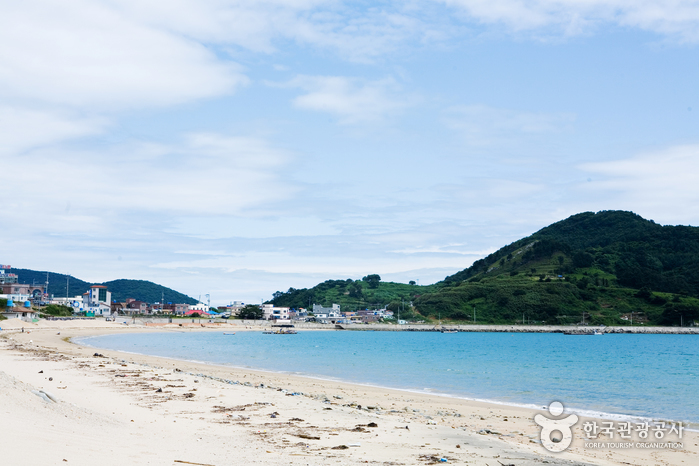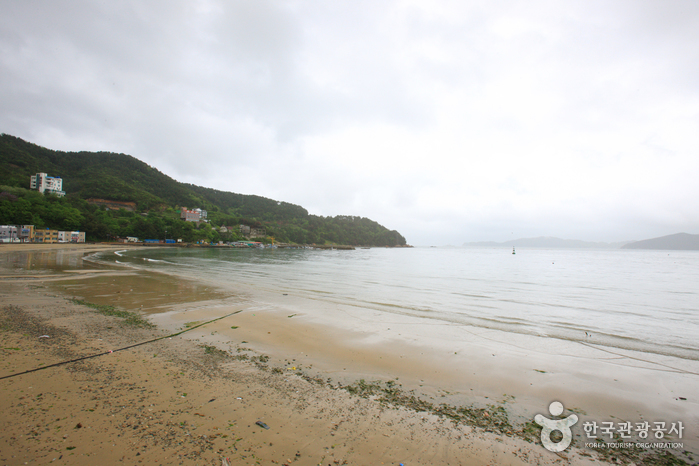Experience the Natural Beauty and Rich Heritage of Southeastern South KoreaGyeongsangnam-do
Welcome to Gyeongsangnam-do, a captivating province located in the southeastern region of South Korea. Bordered by Busan and Ulsan to the east, Jeollabuk-do and Jeollanam-do to the west along the Sobaek Mountain range, and adjacent to Busan, Namhae, Daehae, and Ulsan to the south, Gyeongsangnam-do offers breathtaking coastal and inland landscapes. To the north, it shares borders with Daegu and Gyeongsangbuk-do, while facing Japan’s Tsushima Island across the Korea Strait to the southeast. Positioned between 127°35′ to 129°28′ East longitude and 34°39′ to 35°54′ North latitude, the province covers an area of 15,379.97 square kilometers and is home to approximately 3.36 million residents as of 2015. Gyeongsangnam-do consists of eight cities and ten counties, with the provincial capital located in Sari-dong, Uichang-gu, Changwon City. The western office is situated on Wolasan Road, Jinju City.
Why Visit Gyeongsangnam-do?
- Natural Landscapes: Gyeongsangnam-do boasts a diverse range of natural attractions, both along the coast and inland. With four national parks including Hallyeohaesang, Jirisan, Gayasan, and Deogyusan, as well as two provincial parks like Gajisan and Yeonhwasan, visitors can enjoy a combination of mountain and coastal tourism experiences.
- Jirisan National Park: Jirisan, South Korea’s first national park, showcases breathtaking peaks such as Banyabong and deep valleys like Piagol. It is a testament to the beauty of nature. Explore cultural heritage sites like Hwaeomsa and Ssanggyesa temples, as well as Cheonghakdong Village, which is a significant tourist attraction.
- Coastal Gems: Explore the Dadohae National Marine Park, centered around Tongyeong and Namhae, where islands and the sea come together. Discover historic sites related to Admiral Yi Sun-sin, as well as Gaya Mountain and Deokyu Mountain National Parks. Additionally, Gajisan and Yeonhwasan Provincial Parks offer stunning natural beauty.
- Cultural Heritage: Gyeongsangnam-do is home to numerous cultural heritage sites. Visit the Haeinsa Temple in Gayasan, Tongdosa Temple in Yeongchwi-san, Pyochungsa Temple in Mil-yang, Seoknam-sa Temple in Ulju, Daewonsa Temple in Sangcheon, Cheongunsa Temple in Goseong, Oksansa Temple in Geoje, and more. These temples play a significant role in promoting Buddhist culture in the region.
- Hot Springs: Gyeongsangnam-do offers several hot springs for relaxation and rejuvenation. Experience the Bugok Hot Springs in Changnyeong-gun, Mageumsan Hot Springs in Changwon City, and Gajosu Hot Springs in Geoje City. Notably, Bugok Hot Springs is the largest hot spring resort in Korea, boasting facilities for accommodations and leisure activities.
- Scenic Beaches: Discover the beautiful beaches of Sangju, Songjeong, Songnam, and Tongyeong in Namhae-si; Bijin-do, Sachon, Donam, Chungmu, and Heungnam in Tongyeong-si; and Gujora, Jise-po, Deokpo, Heungnam, Hakdong, Myeongsah, and Jukrim in Geoje-si. Sangju Beach is particularly renowned for its stunning coastal rock formations.
Plan Your Visit:
- Best Time to Visit: Gyeongsangnam-do can be enjoyed throughout the year, but spring (April to June) and autumn (September to November) offer pleasant temperatures for outdoor activities. Summers (July to August) are ideal for beach visits, while winter (December to February) showcases unique charms and traditional Lunar New Year festivities.
- Transportation: Gyeongsangnam-do is well-connected with an extensive transportation system, including trains, buses, and highways. The KTX (Korea Train Express) provides convenient access to major cities within the province.
- Language: Korean is the official language in Gyeongsangnam-do. While English may be limited in some areas, tourist sites and facilities often have English signage and staff who can assist visitors.
- Currency: The currency used in Gyeongsangnam-do is the South Korean Won (KRW). ATMs are widely available, and credit cards are commonly accepted in hotels, restaurants, and larger establishments.
- Safety: Gyeongsangnam-do is generally a safe region for travelers. However, it is always advisable to take normal precautions, such as keeping an eye on personal belongings and staying informed about local safety guidelines.
Immerse yourself in the stunning natural landscapes and cultural heritage of Gyeongsangnam-do. From the peaks of Jirisan National Park to the serene coastal areas and hot springs, this province offers a unique blend of natural beauty and rich history. So pack your bags, explore the enchanting province of Gyeongsangnam-do, and create lasting memories in one of South Korea’s captivating destinations.

